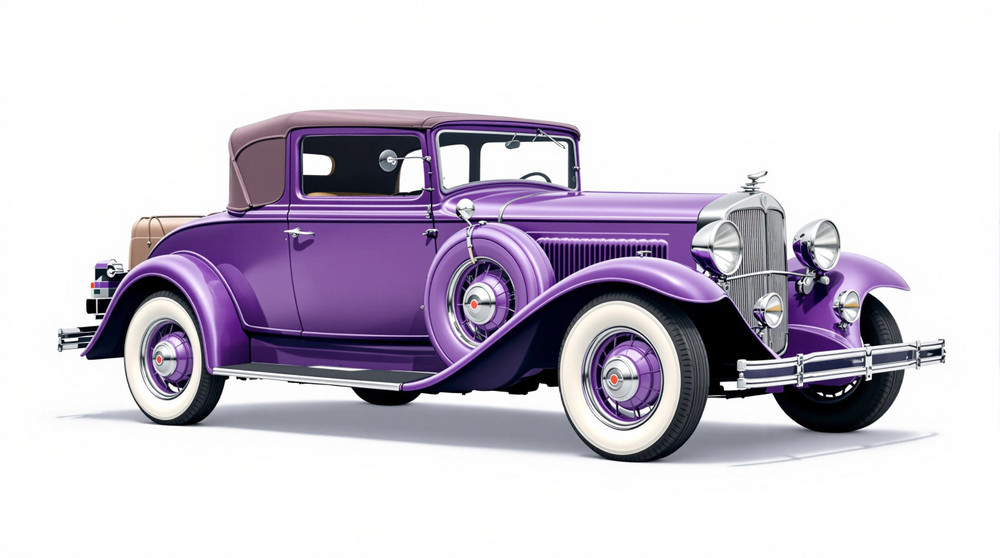Image of 1931 Chrysler Series Cj, Note: These illustrations use artistic license and may differ from actual historical models.
Performance Metrics
Fundamental Metrics
Emotional Appeal
MMP Rating
| Engine Specifications | |
|---|---|
| Engine: | Inline 6 |
| Displacement: | 3.2L (195 cu in) |
| Horsepower: | 66-70 HP |
| Torque: | Not available |
| Compression Ratio: | Not available |
| Ignition System: | Battery and coil |
| Cooling System: | Water-cooled |
| Performance Specifications | |
| 0-60 Time: | Not available |
| 1/4 Mile Time: | Not available |
| Top Speed: | 70 mph |
| Transmission and Drive | |
| Drive Type: | Rear-wheel drive |
| Transmission Type: | 3-speed manual |
| Fuel and Efficiency | |
| Fuel System Type: | Carburetor |
| MPG: | Not available |
| Dimensions and Brakes | |
| Brakes: | 4-wheel hydraulic brakes |
| Wheelbase: | 112.75 in |
| Weight: | 2,990 lbs |
Note: Specifications for classic cars are given to the best of our ability, considering the limited and variant data available.
Introduction
The 1931 Chrysler Series CJ is a testament to the ingenuity and elegance of early 20th-century automotive design. Born from the ambitious vision of Walter P. Chrysler, this classic car emerged during an era of economic turmoil, yet managed to capture the hearts of the American public with its blend of luxury and performance. As an icon of its time, the Series CJ holds a special place in history, not only for its advanced engineering but also for being a symbol of resilience during the Great Depression. One particularly intriguing fact about this vehicle is that it was among the first to offer a four-speed transmission, setting a new standard for vehicles in its class.
Design and Innovation
The exterior styling of the 1931 Chrysler Series CJ exudes a sense of grandeur and sophistication. Its sweeping fenders, bold grille, and elongated hood were designed to turn heads. Inside, passengers were treated to an opulent experience with high-quality fabrics and meticulously crafted wood accents. Technologically, the Series CJ was ahead of its time, featuring hydraulic brakes and shock absorbers that were innovative for the era. Color options ranged from deep blues to rich maroons, with black being a popular choice for its timeless appeal. The most iconic body style was undoubtedly the rumble seat coupe, which epitomized the romanticism associated with vintage automobiles.
Historical Significance
The Chrysler Series CJ played a pivotal role in shaping automotive design and technology. It stood out from its competitors by offering features such as an L-head six-cylinder engine that delivered exceptional performance without sacrificing reliability. Its lasting influence can be seen in how it elevated standards for what drivers could expect from their vehicles—luxury coupled with technological advancements.
Performance and Handling
Under the hood, the Series CJ boasted a top speed that was impressive for its time, while acceleration from 0-60 mph was achieved with surprising briskness. On various driving conditions, the car's handling remained poised; whether navigating city streets or cruising on country roads, drivers enjoyed a smooth ride. The engine's purr was music to enthusiasts' ears—a reminder of the mechanical symphony at play within this metal masterpiece.
Ownership Experience
The 1931 Chrysler Series CJ found its niche among different types of owners—from those who cherished it as a daily driver to those who showcased it at car shows or even raced it. Maintenance and reliability were hallmarks of Chrysler's engineering, making repairs manageable for the average owner. However, due to its age and rarity, contemporary maintenance can require specialized knowledge.
Fun Facts
This classic has seen its share of limelight with rare editions that have surfaced over time and celebrity ownerships adding to its allure. While not known for breaking speed records, it certainly set sales records for Chrysler during challenging times. Its appearances in historical events have cemented its legacy further, though some critics may have pointed out its weight as a drawback in an age where lighter cars were becoming more desirable.
Collector's Information
Today, the 1931 Chrysler Series CJ is a prized possession among collectors with values ranging significantly based on condition and originality. With production numbers not as high as mass-produced models of later years, estimating rarity suggests that few well-preserved examples exist today. As for appreciation, vehicles like these often see an upward trend in value—especially well-restored or original specimens could fetch handsome sums in the collector's market.
Conclusion
The 1931 Chrysler Series CJ is more than just an automobile; it's a piece of history that continues to captivate enthusiasts around the world. From its luxurious design to its advanced technology for the era, this classic car represents a milestone in automotive evolution and remains an enduring symbol of American resilience and innovation.
1931 Chrysler Series Cj Catalog of Parts
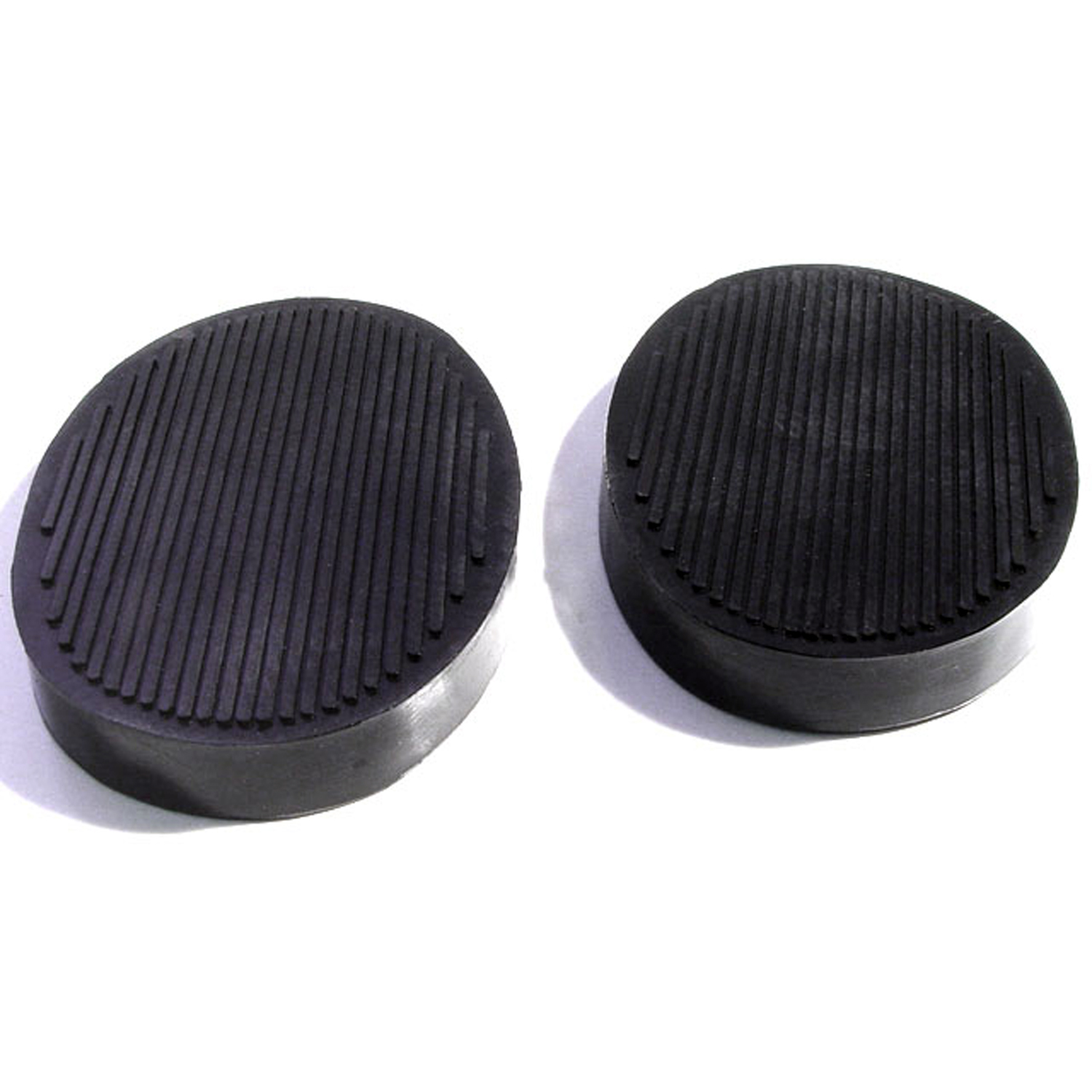 1931 Chrysler Series CJ Clutch and Brake Pedal Pads. 2-5/8" wide X 3-3/4" long-CB 26Clutch and Brake Pedal Pads. 2-5/8" wide X 3-3/4" long. Pair
1931 Chrysler Series CJ Clutch and Brake Pedal Pads. 2-5/8" wide X 3-3/4" long-CB 26Clutch and Brake Pedal Pads. 2-5/8" wide X 3-3/4" long. Pair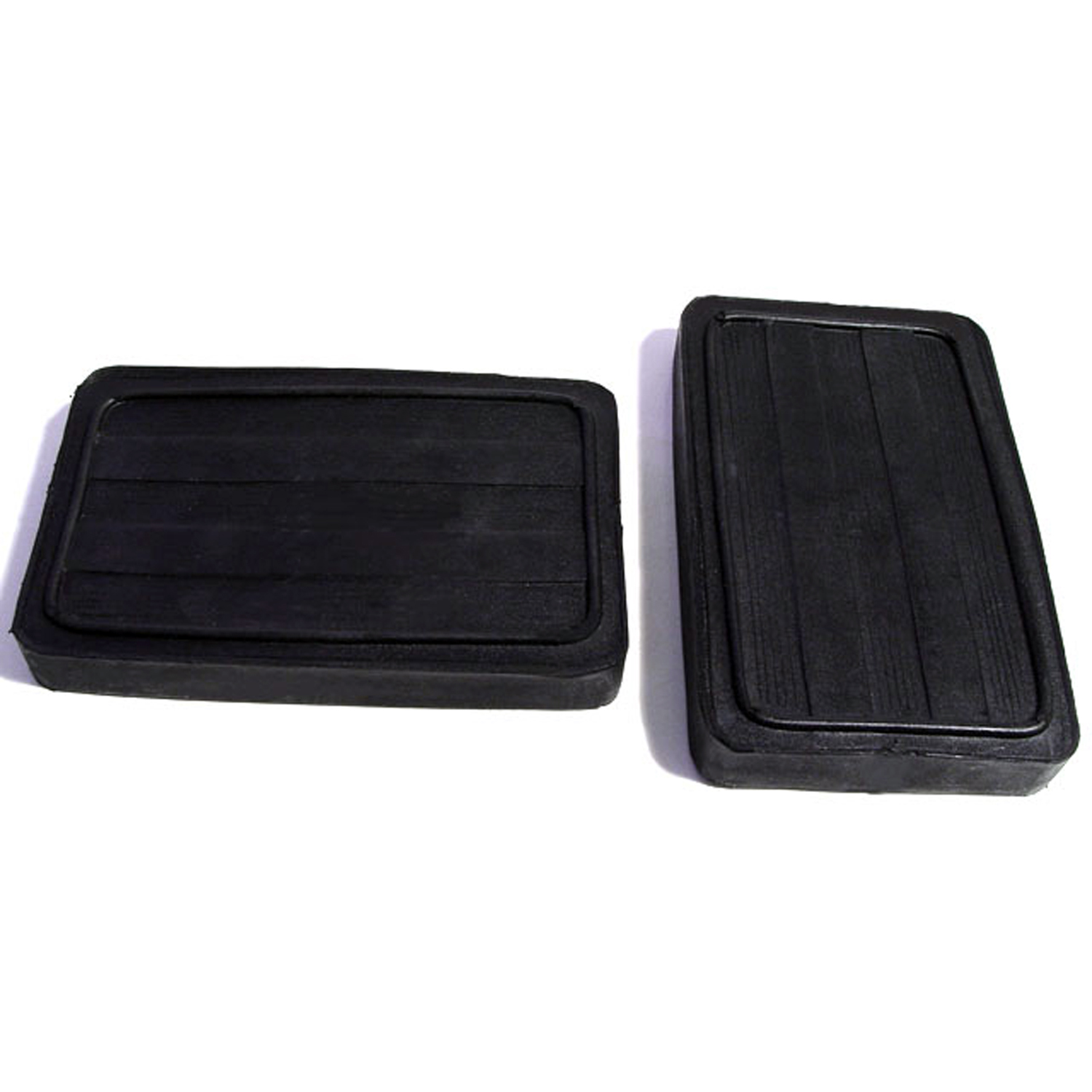 1931 Chrysler Series CJ Clutch and Brake Pedal Pads, Black-CB 28-AClutch and Brake Pedal Pads, Black. 2-3/8" wide X 3-7/8" long. Pair
1931 Chrysler Series CJ Clutch and Brake Pedal Pads, Black-CB 28-AClutch and Brake Pedal Pads, Black. 2-3/8" wide X 3-7/8" long. Pair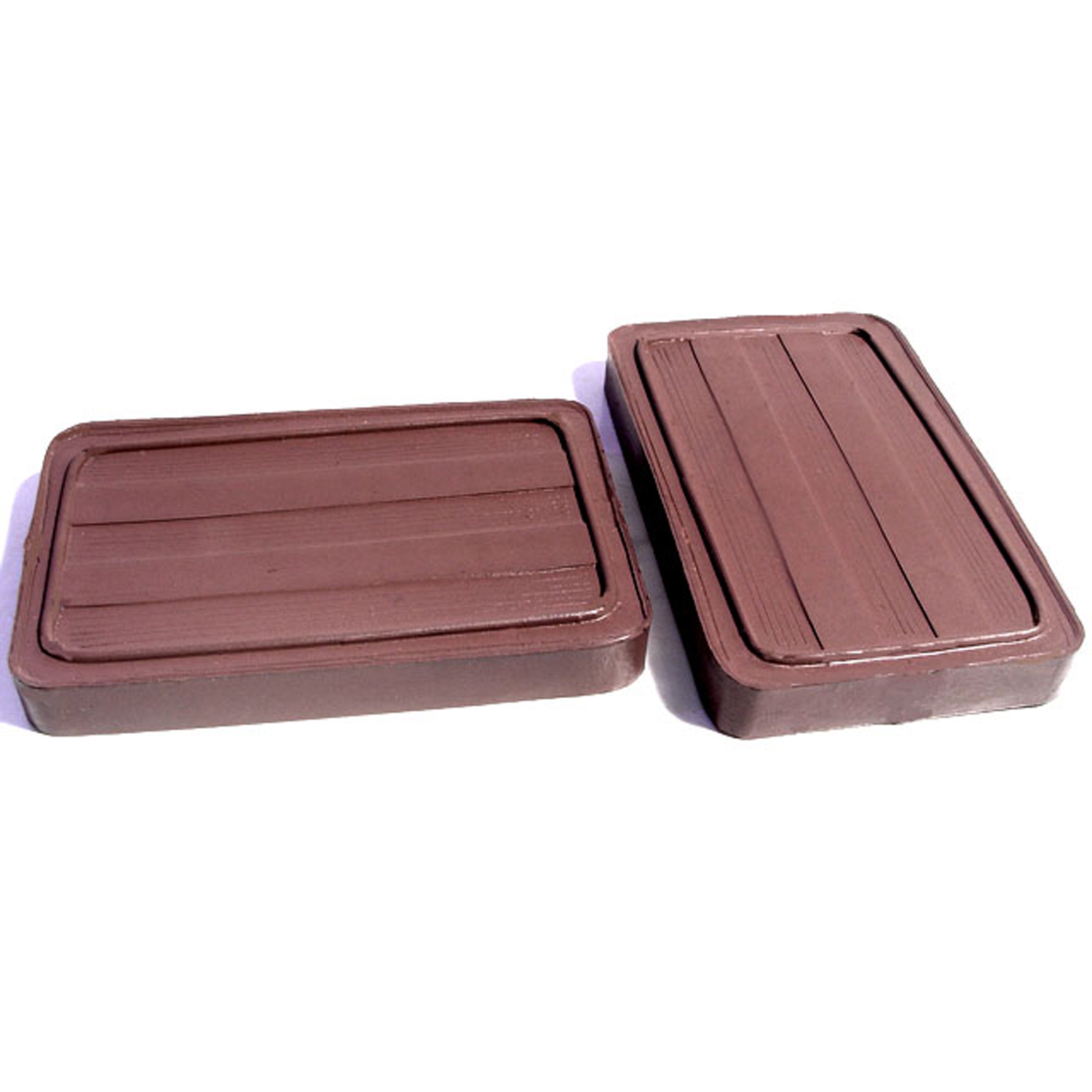 1931 Chrysler Series CJ Clutch and Brake Pedal Pads, Brown-CB 28-BClutch and Brake Pedal Pads, Brown. 2-3/8" wide X 3-7/8" long. Pair
1931 Chrysler Series CJ Clutch and Brake Pedal Pads, Brown-CB 28-BClutch and Brake Pedal Pads, Brown. 2-3/8" wide X 3-7/8" long. Pair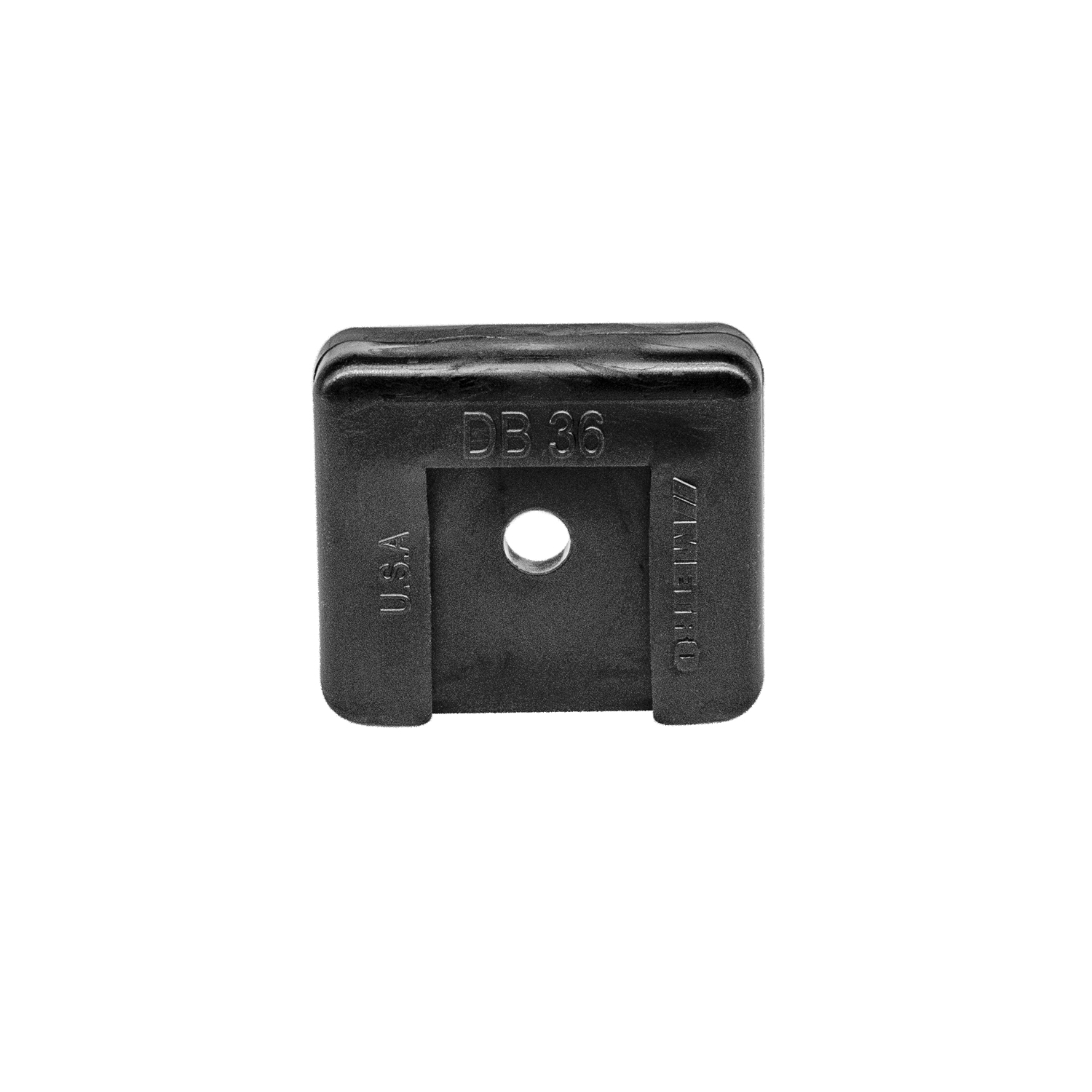 1931 Chrysler Series CJ Door Jamb Bumper. Perfect reproduction-DB 36Door Jamb Bumper. Perfect reproduction. 1-1/16" high X 1-1/4" wide X 7/16" thick. Each
1931 Chrysler Series CJ Door Jamb Bumper. Perfect reproduction-DB 36Door Jamb Bumper. Perfect reproduction. 1-1/16" high X 1-1/4" wide X 7/16" thick. Each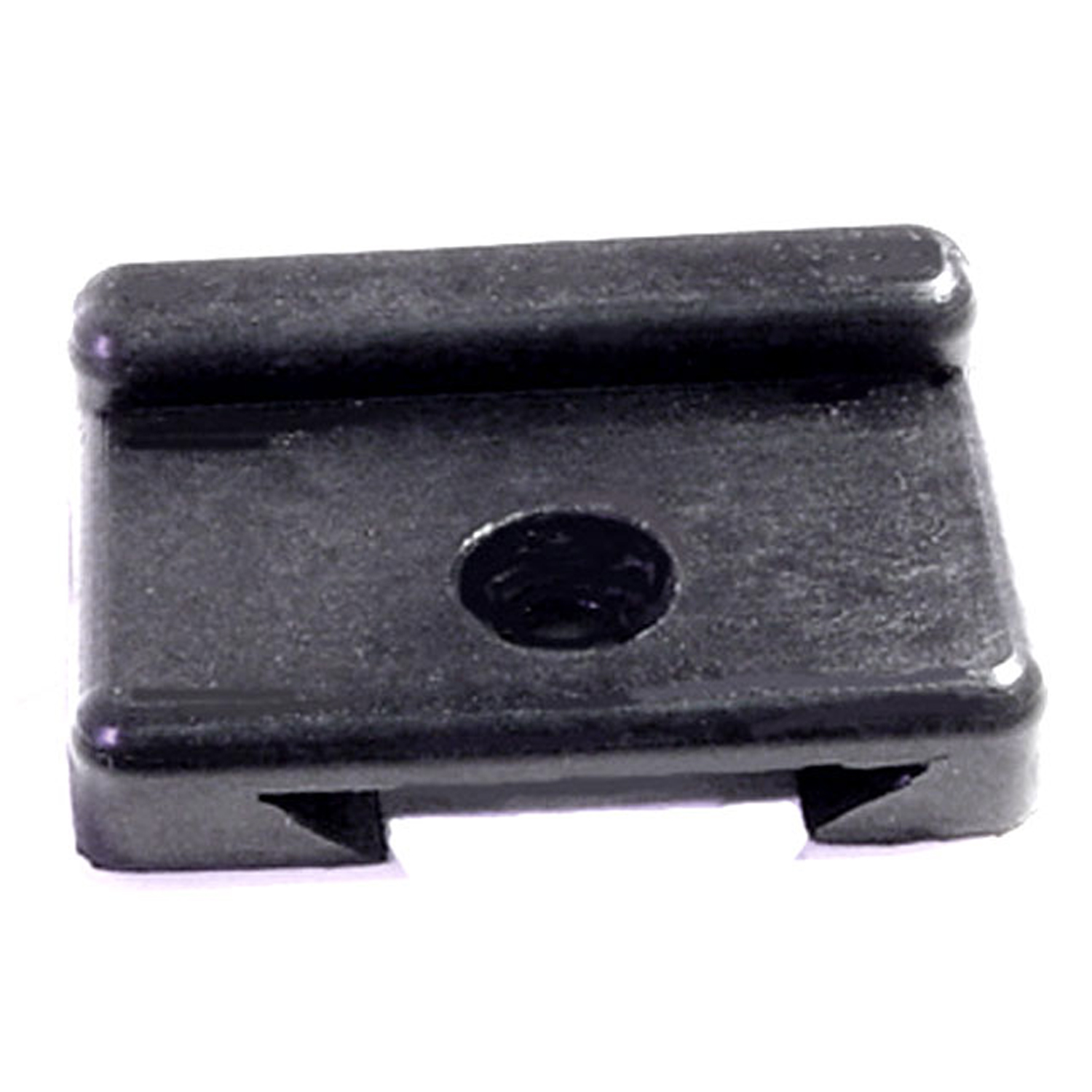 1931 Chrysler Series CJ Door Jamb Bumper. Fully detailed reproduction-DB 38Door Jamb Bumper. Fully detailed reproduction. 15/16" high X 1-9/16" wide X 7/16" thick. Each
1931 Chrysler Series CJ Door Jamb Bumper. Fully detailed reproduction-DB 38Door Jamb Bumper. Fully detailed reproduction. 15/16" high X 1-9/16" wide X 7/16" thick. Each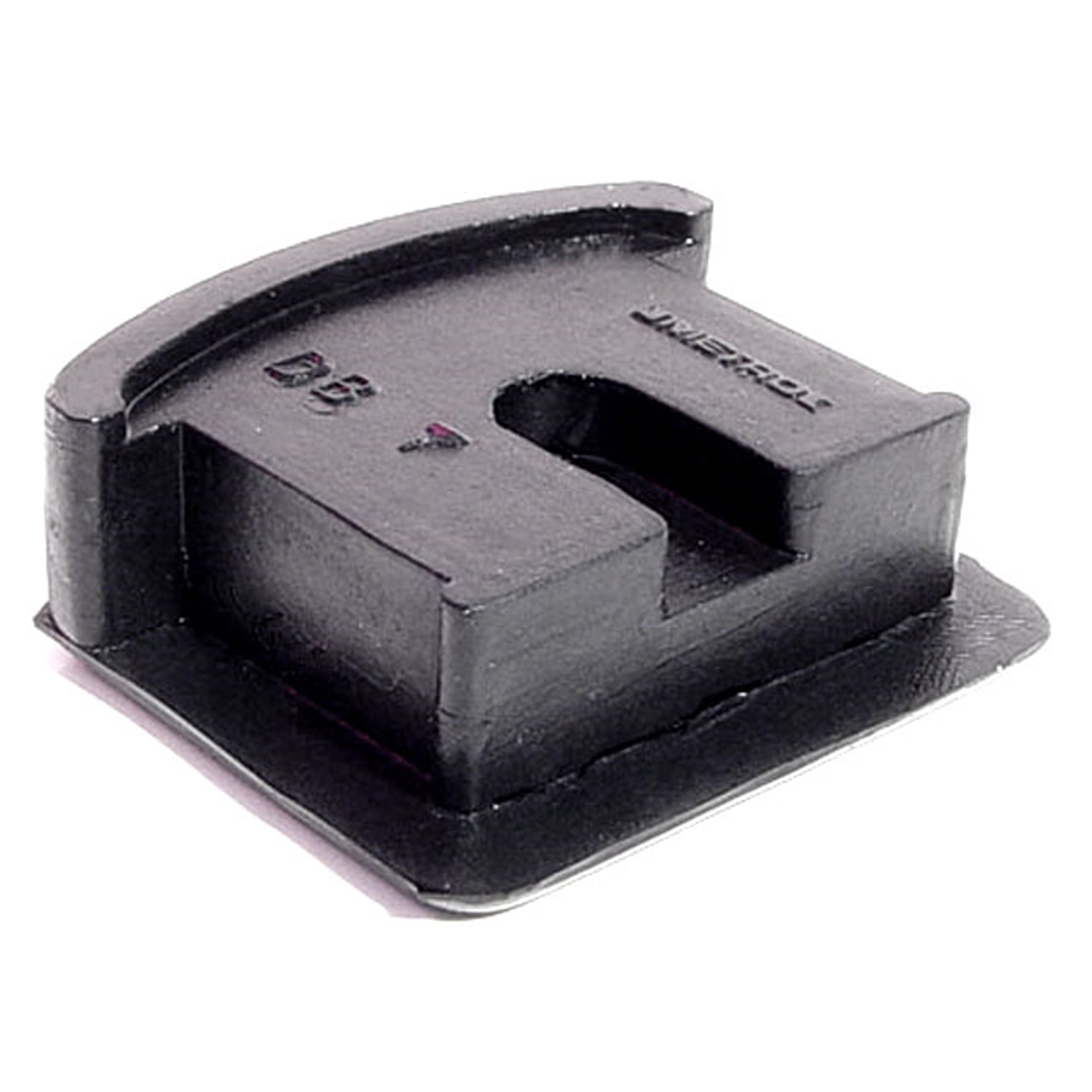 1931 Chrysler Series CJ Door Bumper. 1-7/16" high X 1-9/16" wide X 9/16" thick-DB 7Door Bumper. 1-7/16" high X 1-9/16" wide X 9/16" thick. Each
1931 Chrysler Series CJ Door Bumper. 1-7/16" high X 1-9/16" wide X 9/16" thick-DB 7Door Bumper. 1-7/16" high X 1-9/16" wide X 9/16" thick. Each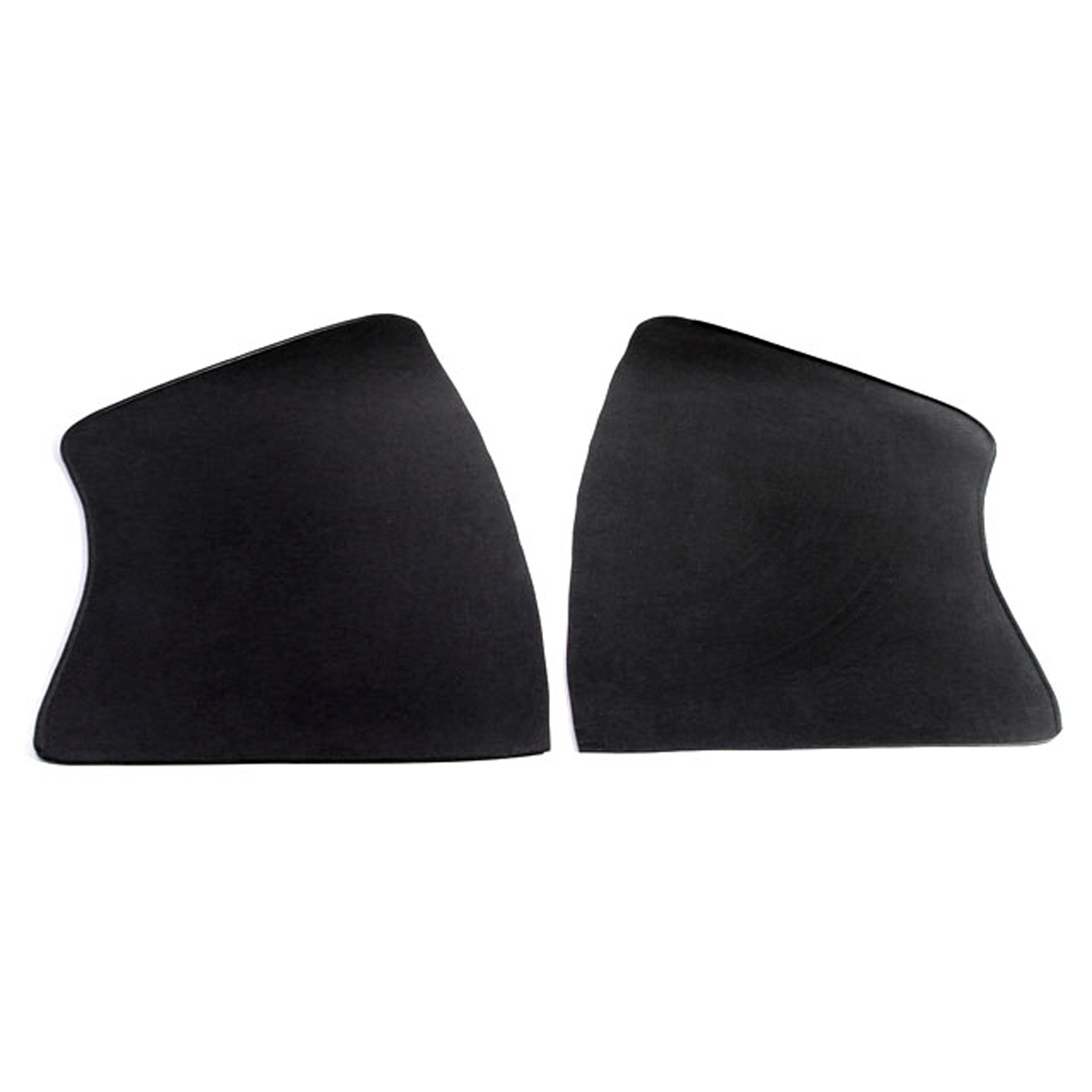 1931 Chrysler Series CJ Gravel Shields. Molded flat without metal backing plates-FS 31Gravel Shields. Molded flat without metal backing plates. Apply with contact cement. 18" long X 9-3/4" wide at bottom. Pair
1931 Chrysler Series CJ Gravel Shields. Molded flat without metal backing plates-FS 31Gravel Shields. Molded flat without metal backing plates. Apply with contact cement. 18" long X 9-3/4" wide at bottom. Pair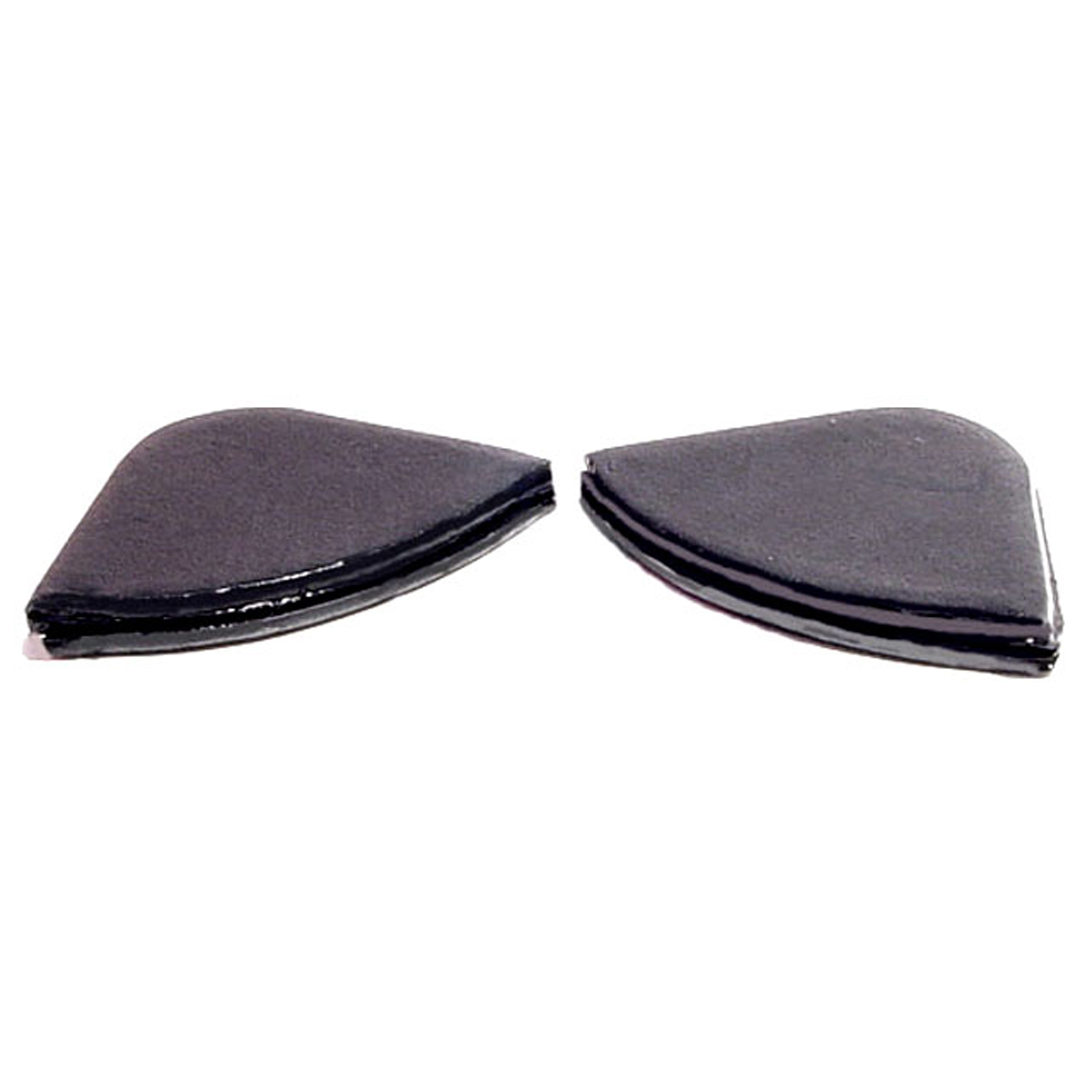 1931 Chrysler Series CJ Hood Corners. Fits flat corners-HC 19Hood Corners. Fits flat corners. 80° angle, 1/4" to 3/8" corner radius. 1-3/8" wide. Pair
1931 Chrysler Series CJ Hood Corners. Fits flat corners-HC 19Hood Corners. Fits flat corners. 80° angle, 1/4" to 3/8" corner radius. 1-3/8" wide. Pair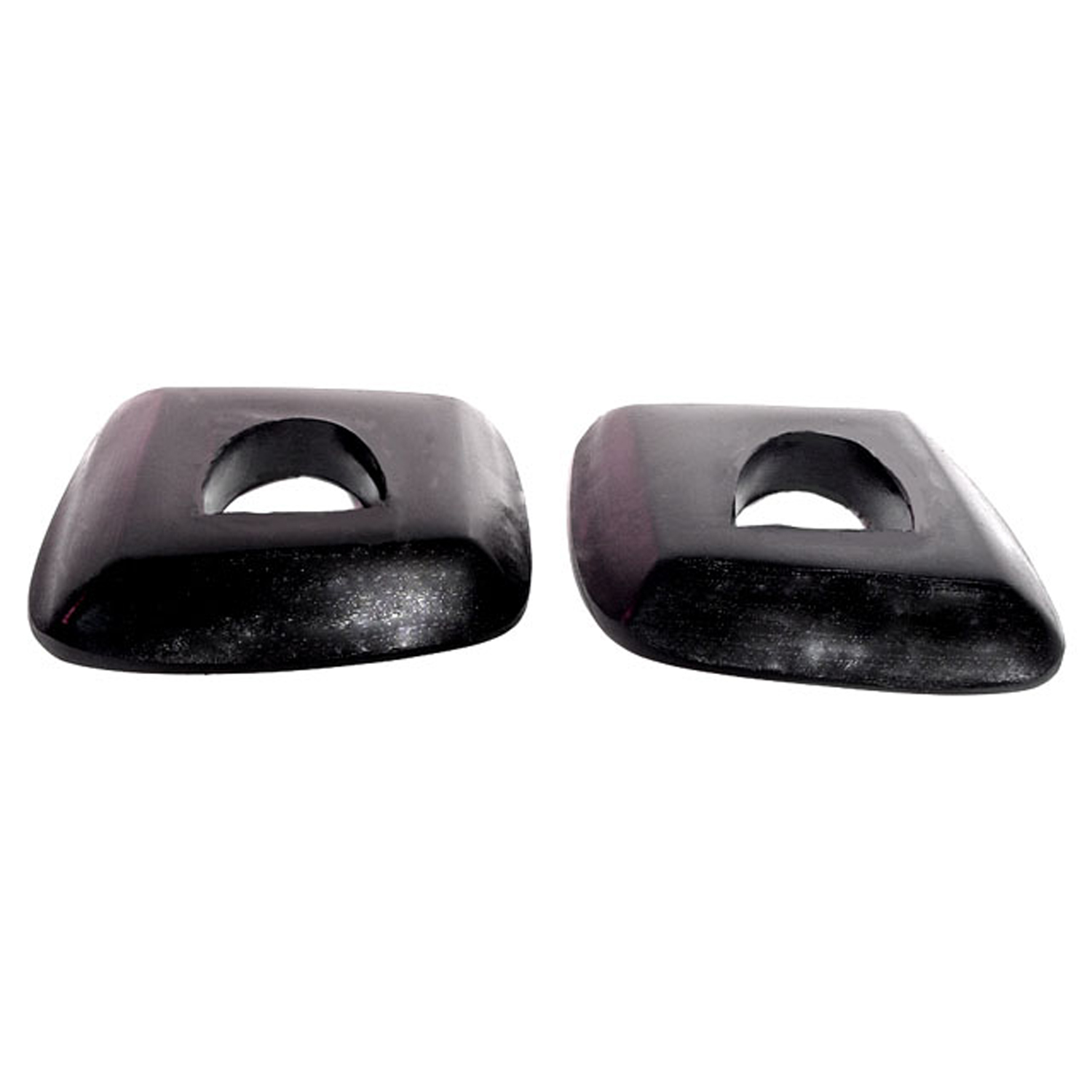 1931 Chrysler Series CJ Windshield Post Bases. Pair R&L-MB 14Windshield Post Bases. Pair R&L
1931 Chrysler Series CJ Windshield Post Bases. Pair R&L-MB 14Windshield Post Bases. Pair R&L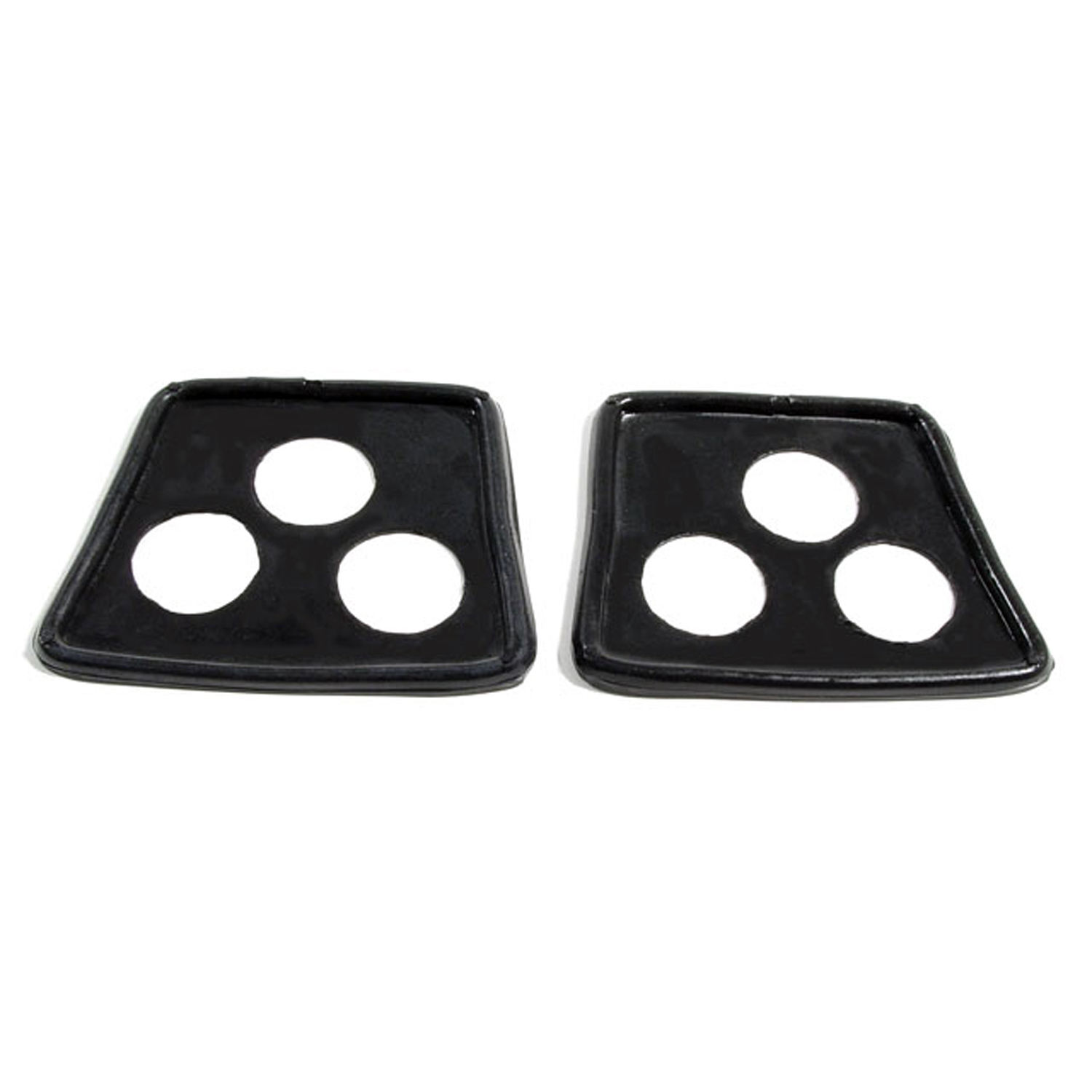 1931 Chrysler Series CJ Windshield Post Pads. 3" wide X 2-1/2" long. Pair-MP 552-BWindshield Post Pads. 3" wide X 2-1/2" long. Pair
1931 Chrysler Series CJ Windshield Post Pads. 3" wide X 2-1/2" long. Pair-MP 552-BWindshield Post Pads. 3" wide X 2-1/2" long. Pair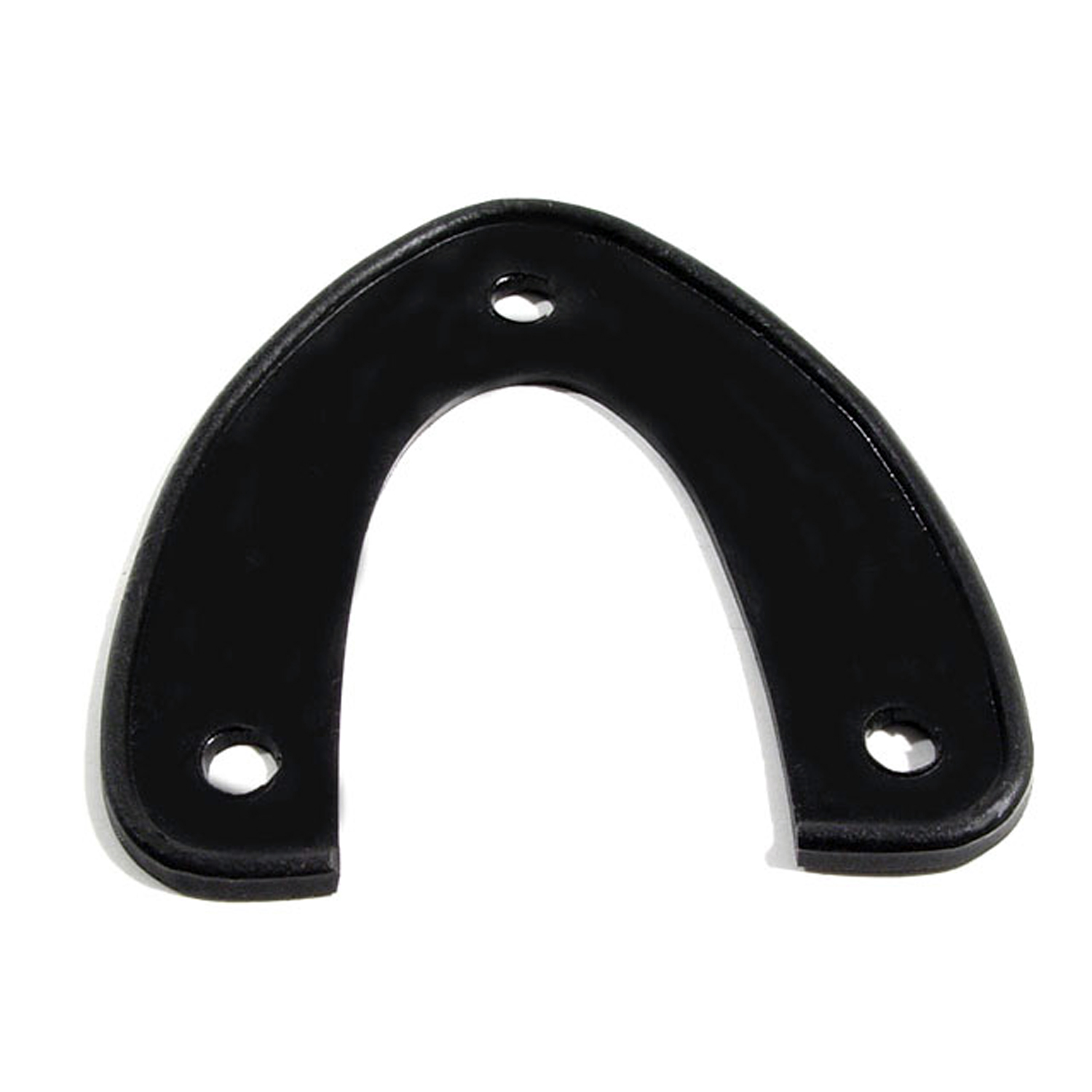 1931 Chrysler Series CJ Rumble Seat Step-Plate Bracket Pad. 3-1/4" X 3-1/4". Each-MP 553Rumble Seat Step-Plate Bracket Pad. 3-1/4" X 3-1/4". Each
1931 Chrysler Series CJ Rumble Seat Step-Plate Bracket Pad. 3-1/4" X 3-1/4". Each-MP 553Rumble Seat Step-Plate Bracket Pad. 3-1/4" X 3-1/4". Each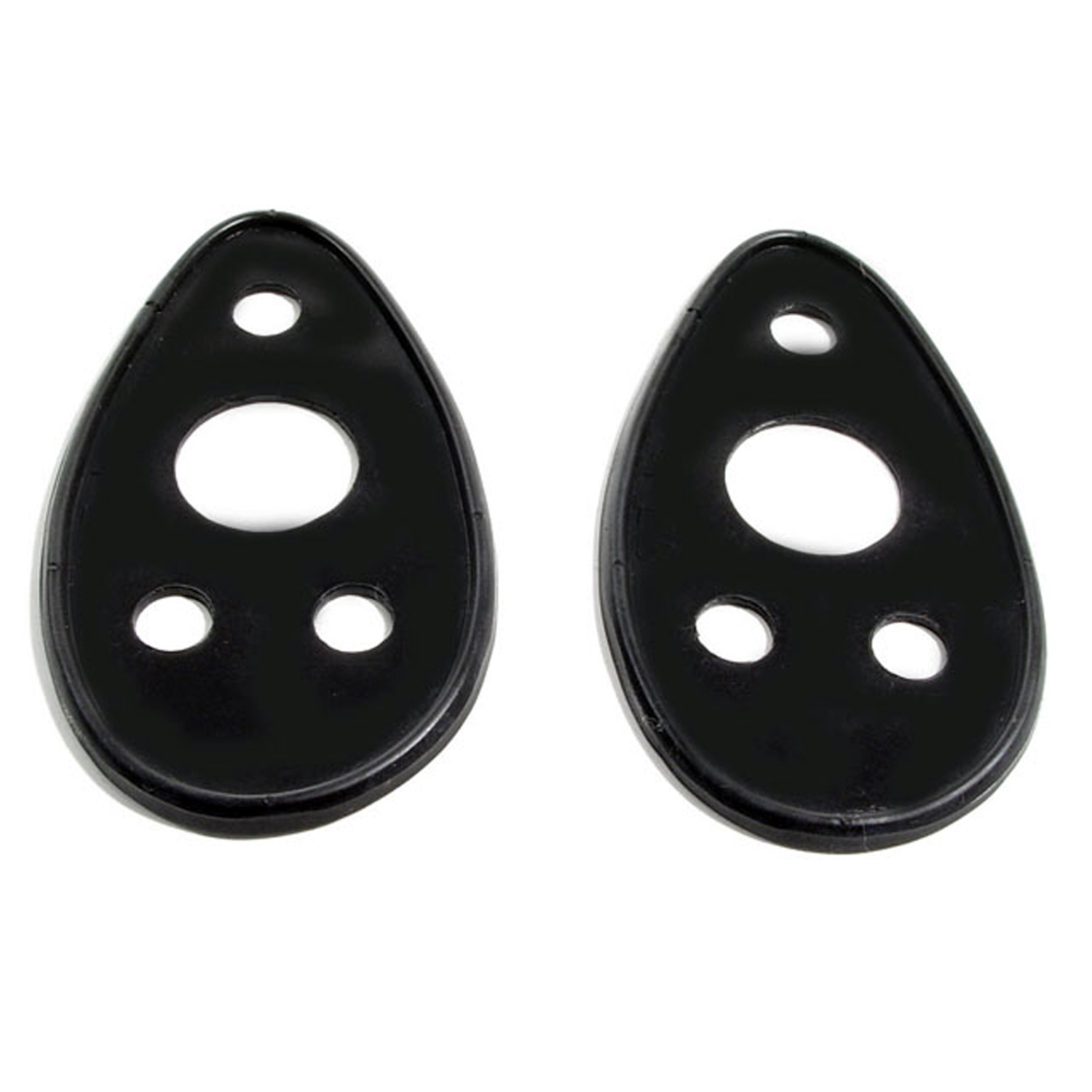 1931 Chrysler Series CJ Tail-light Pads. 2-1/2" wide X 4-5/8" long. Pair-MP 555Tail-light Pads. 2-1/2" wide X 4-5/8" long. Pair
1931 Chrysler Series CJ Tail-light Pads. 2-1/2" wide X 4-5/8" long. Pair-MP 555Tail-light Pads. 2-1/2" wide X 4-5/8" long. Pair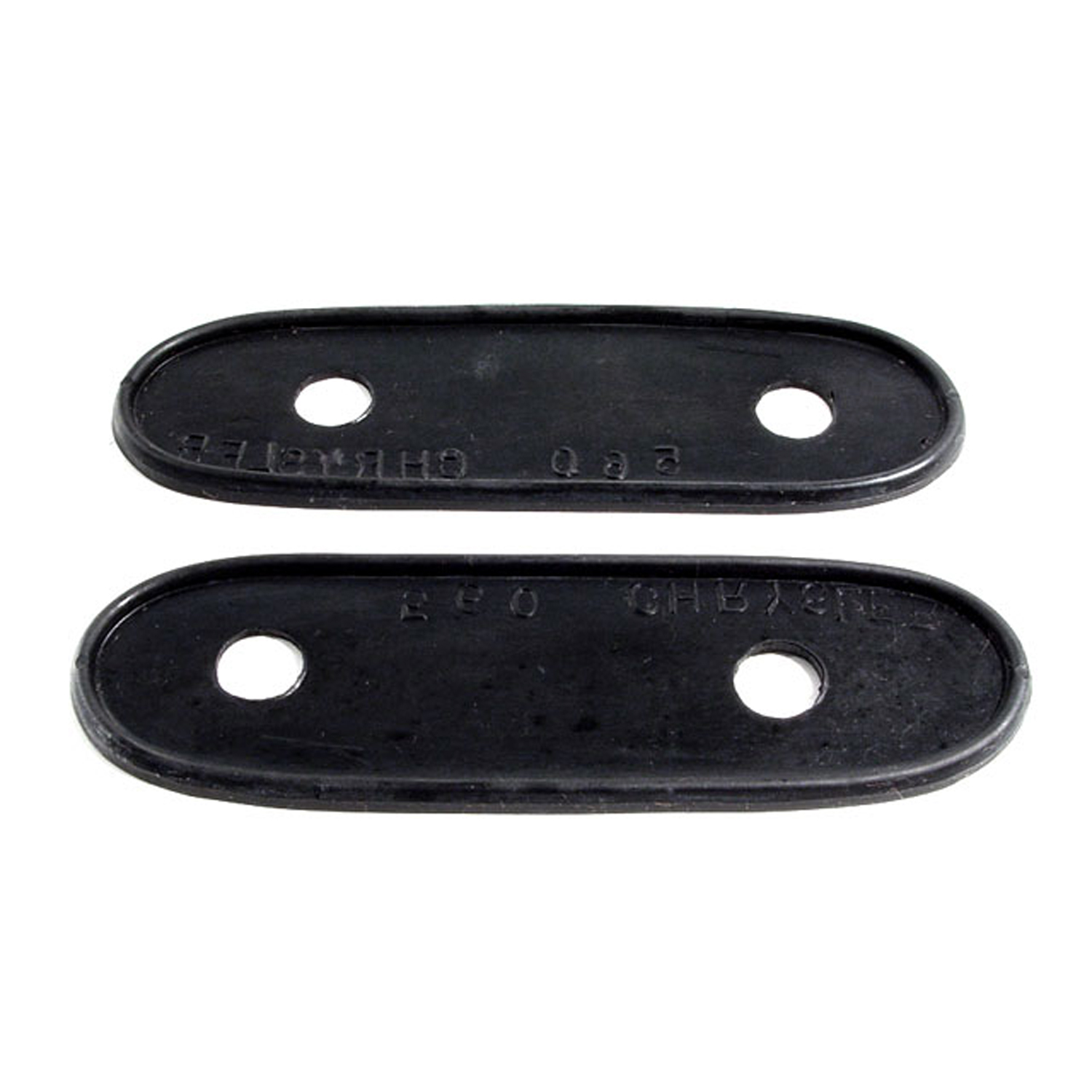 1931 Chrysler Series CJ Headlight Bar Pads. 1-5/8" wide X 5" long. Pair-MP 560Headlight Bar Pads. 1-5/8" wide X 5" long. Pair
1931 Chrysler Series CJ Headlight Bar Pads. 1-5/8" wide X 5" long. Pair-MP 560Headlight Bar Pads. 1-5/8" wide X 5" long. Pair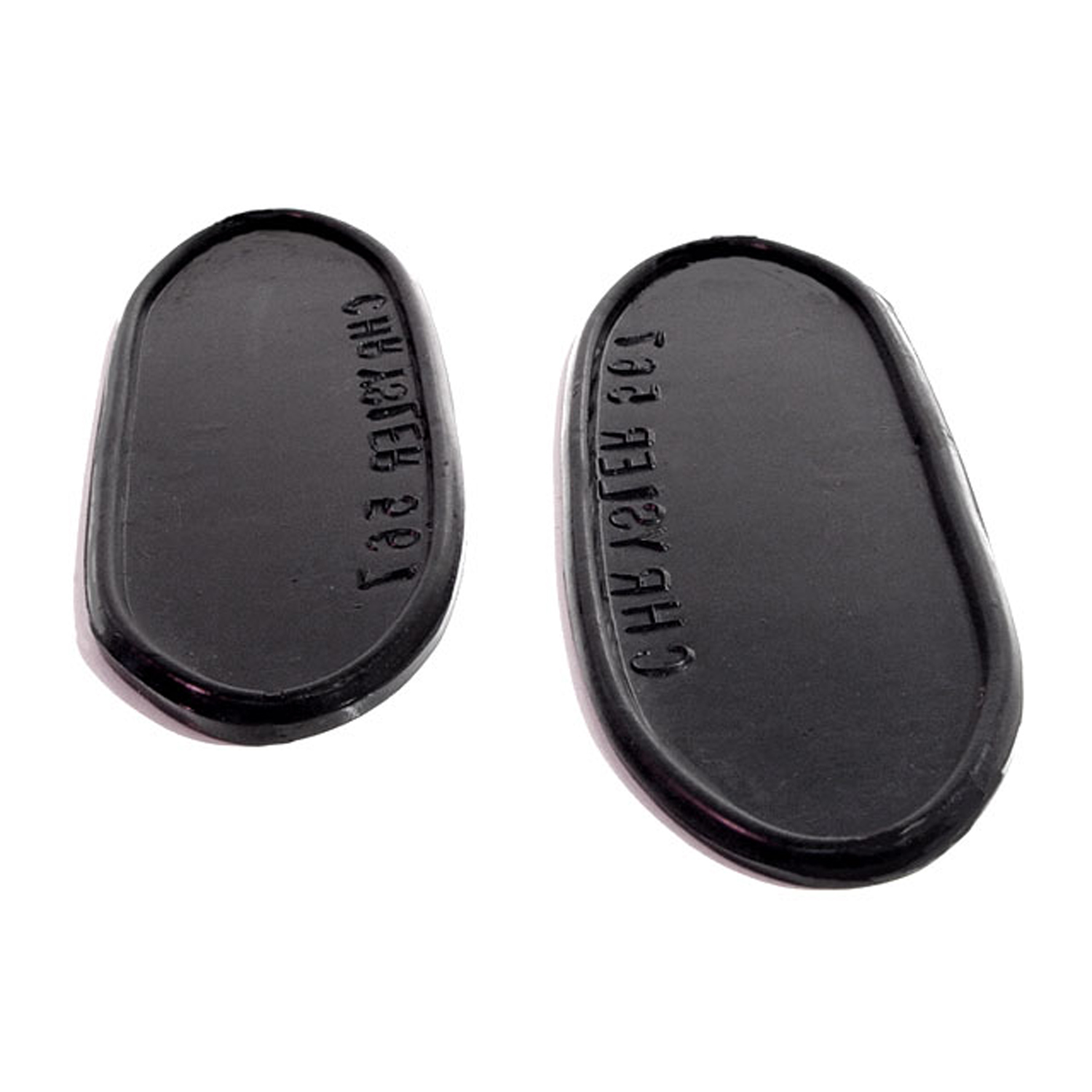 1931 Chrysler Series CJ Headlight Bar Pads. 1-5/8" wide X 4-3/4" long. Pair-MP 567Headlight Bar Pads. 1-5/8" wide X 4-3/4" long. Pair
1931 Chrysler Series CJ Headlight Bar Pads. 1-5/8" wide X 4-3/4" long. Pair-MP 567Headlight Bar Pads. 1-5/8" wide X 4-3/4" long. Pair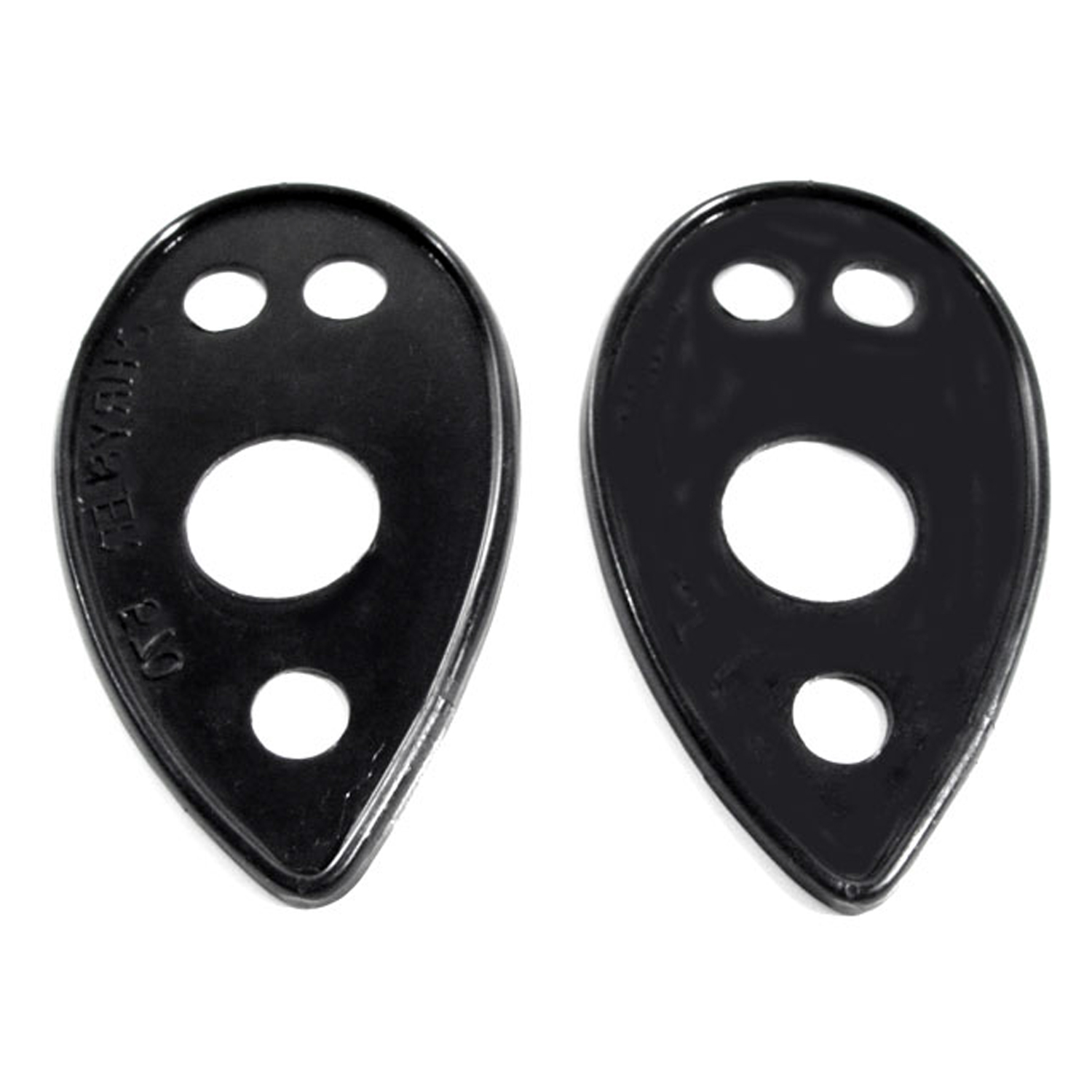 1931 Chrysler Series CJ Tail-light Pads. 2-5/8" wide X 4-5/8" long. Pair-MP 570Tail-light Pads. 2-5/8" wide X 4-5/8" long. Pair
1931 Chrysler Series CJ Tail-light Pads. 2-5/8" wide X 4-5/8" long. Pair-MP 570Tail-light Pads. 2-5/8" wide X 4-5/8" long. Pair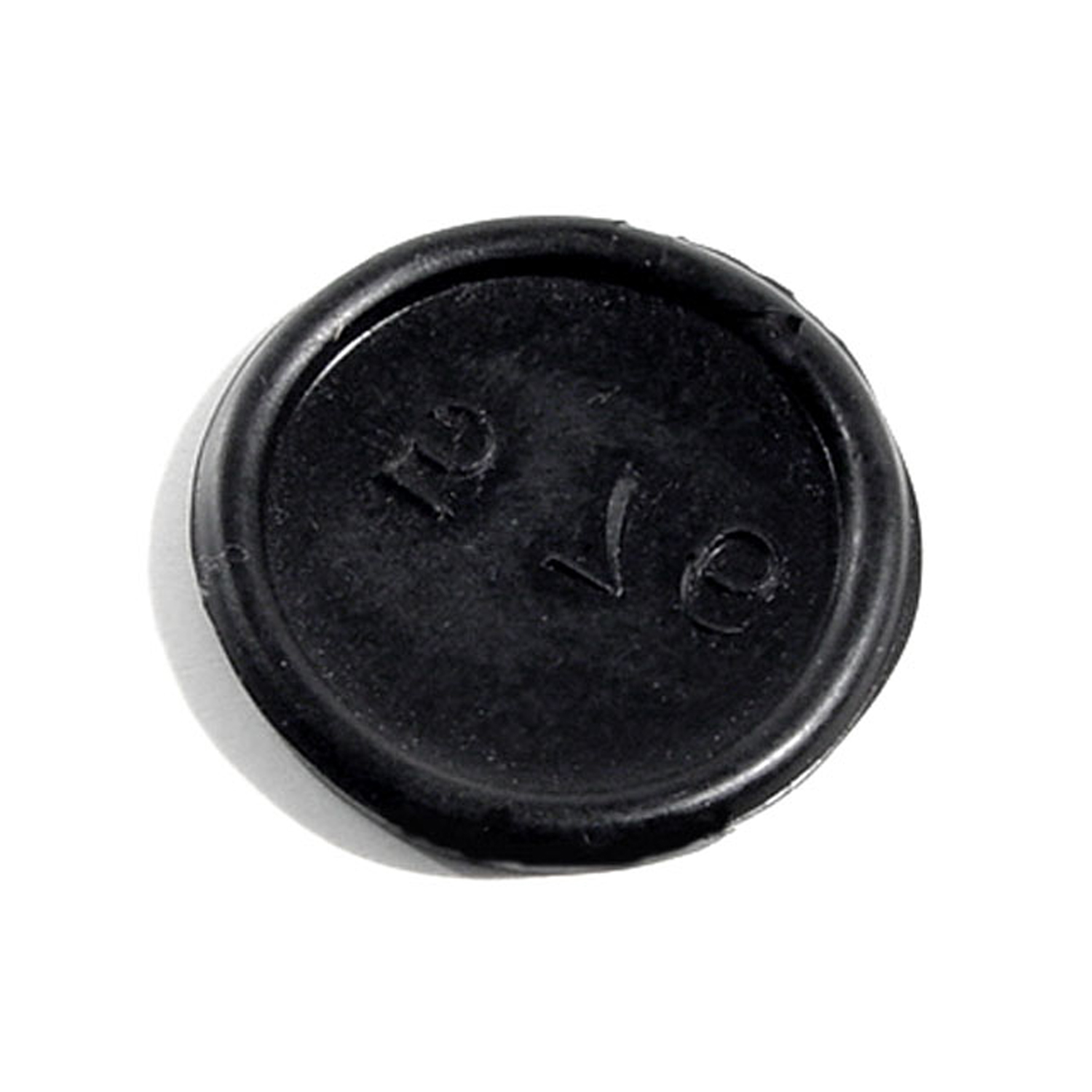 1931 Chrysler Series CJ Door Lock Pad. 1-1/4" O.D. Each-MP 576Door Lock Pad. 1-1/4" O.D. Each
1931 Chrysler Series CJ Door Lock Pad. 1-1/4" O.D. Each-MP 576Door Lock Pad. 1-1/4" O.D. Each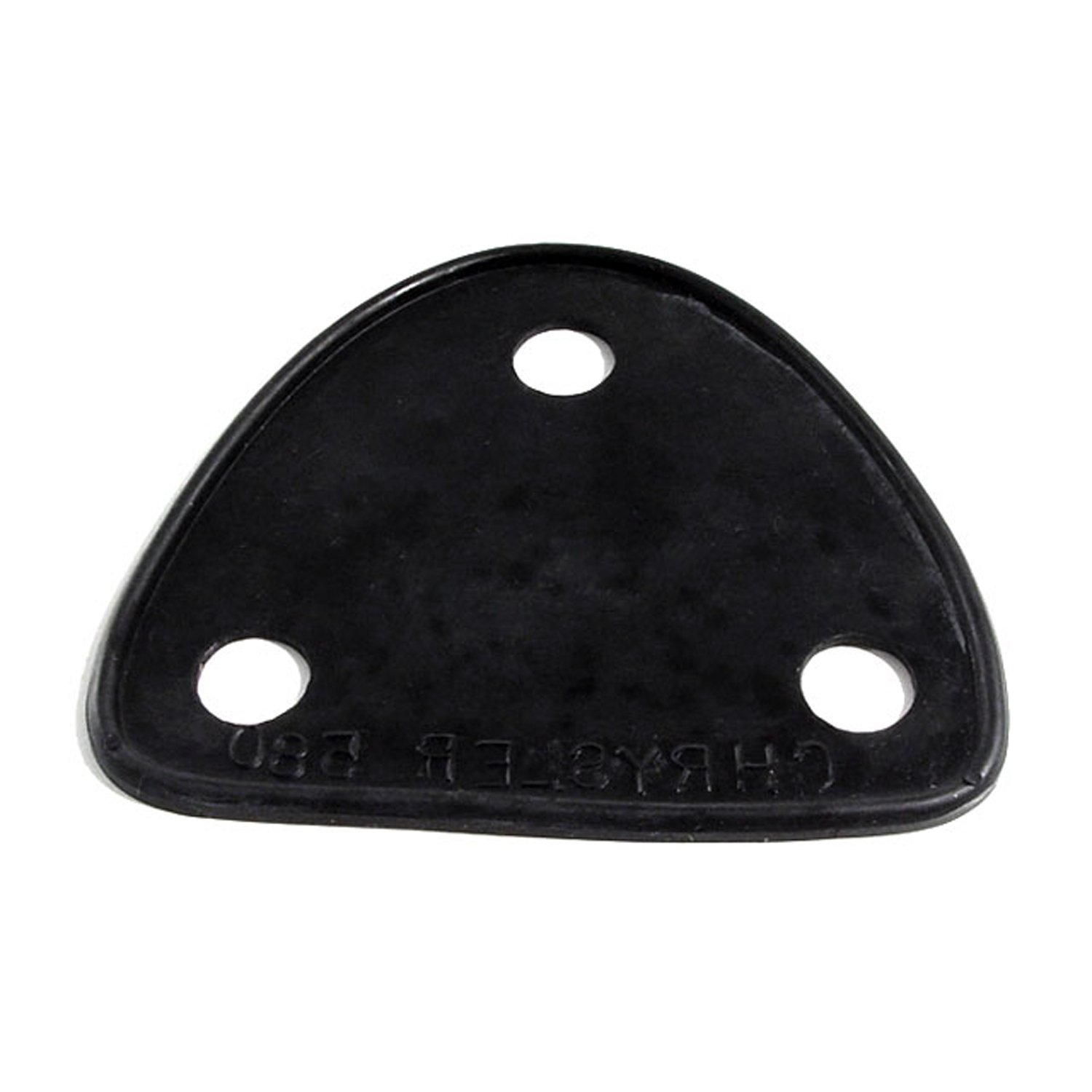 1931 Chrysler Series CJ Tail-light, Rumble Seat Bracket Pad-MP 580Tail-light, Rumble Seat Bracket Pad. 3-3/4" wide X 3-1/4" long. Each
1931 Chrysler Series CJ Tail-light, Rumble Seat Bracket Pad-MP 580Tail-light, Rumble Seat Bracket Pad. 3-3/4" wide X 3-1/4" long. Each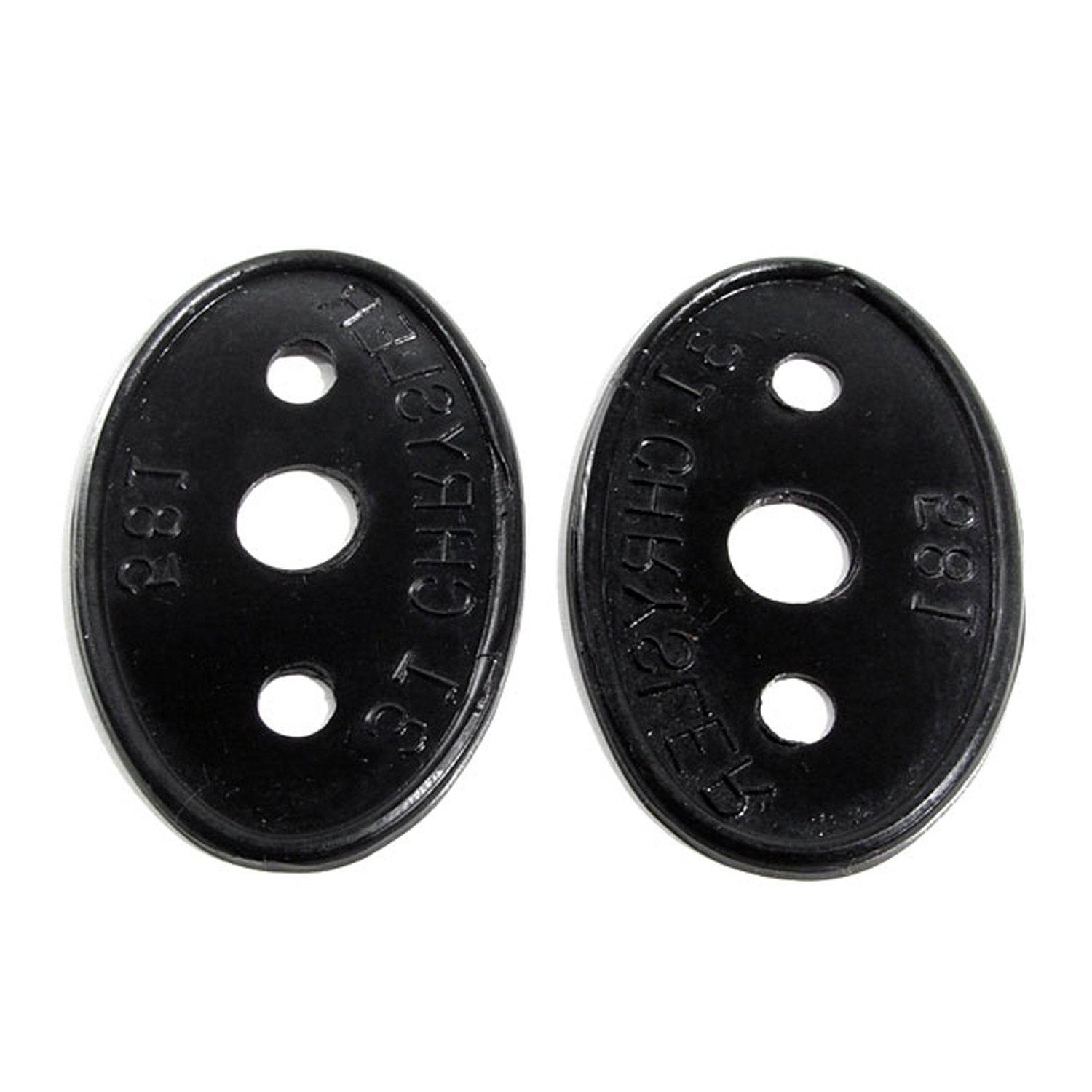 1931 Chrysler Series CJ Door Handle Pads. 1-5/8" wide X 2-1/2" long. Pair-MP 581Door Handle Pads. 1-5/8" wide X 2-1/2" long. Pair
1931 Chrysler Series CJ Door Handle Pads. 1-5/8" wide X 2-1/2" long. Pair-MP 581Door Handle Pads. 1-5/8" wide X 2-1/2" long. Pair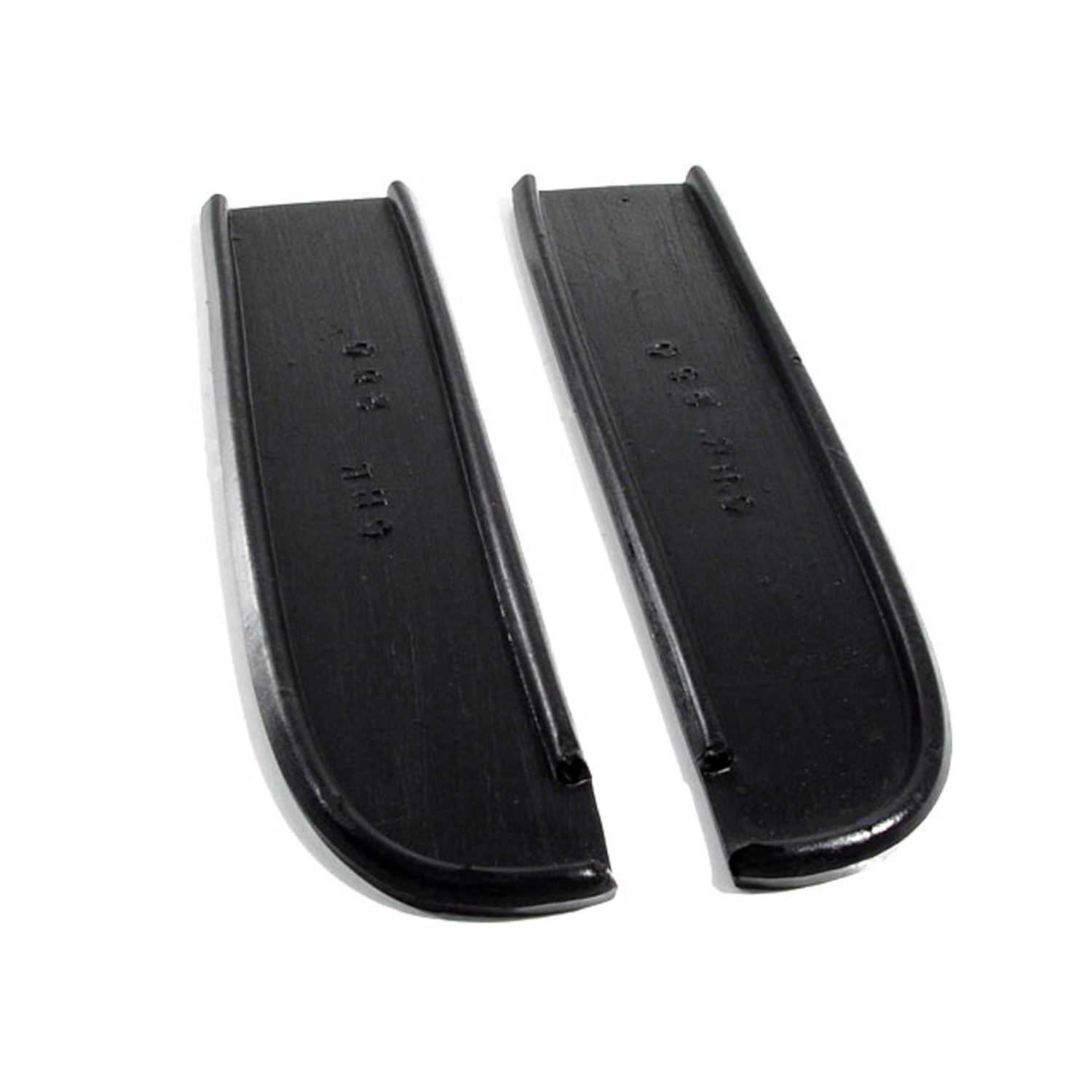 1931 Chrysler Series CJ Radiator to Fender Pads. 2" wide X 8-1/8" long. Pair-MP 590Radiator to Fender Pads. 2" wide X 8-1/8" long. Pair
1931 Chrysler Series CJ Radiator to Fender Pads. 2" wide X 8-1/8" long. Pair-MP 590Radiator to Fender Pads. 2" wide X 8-1/8" long. Pair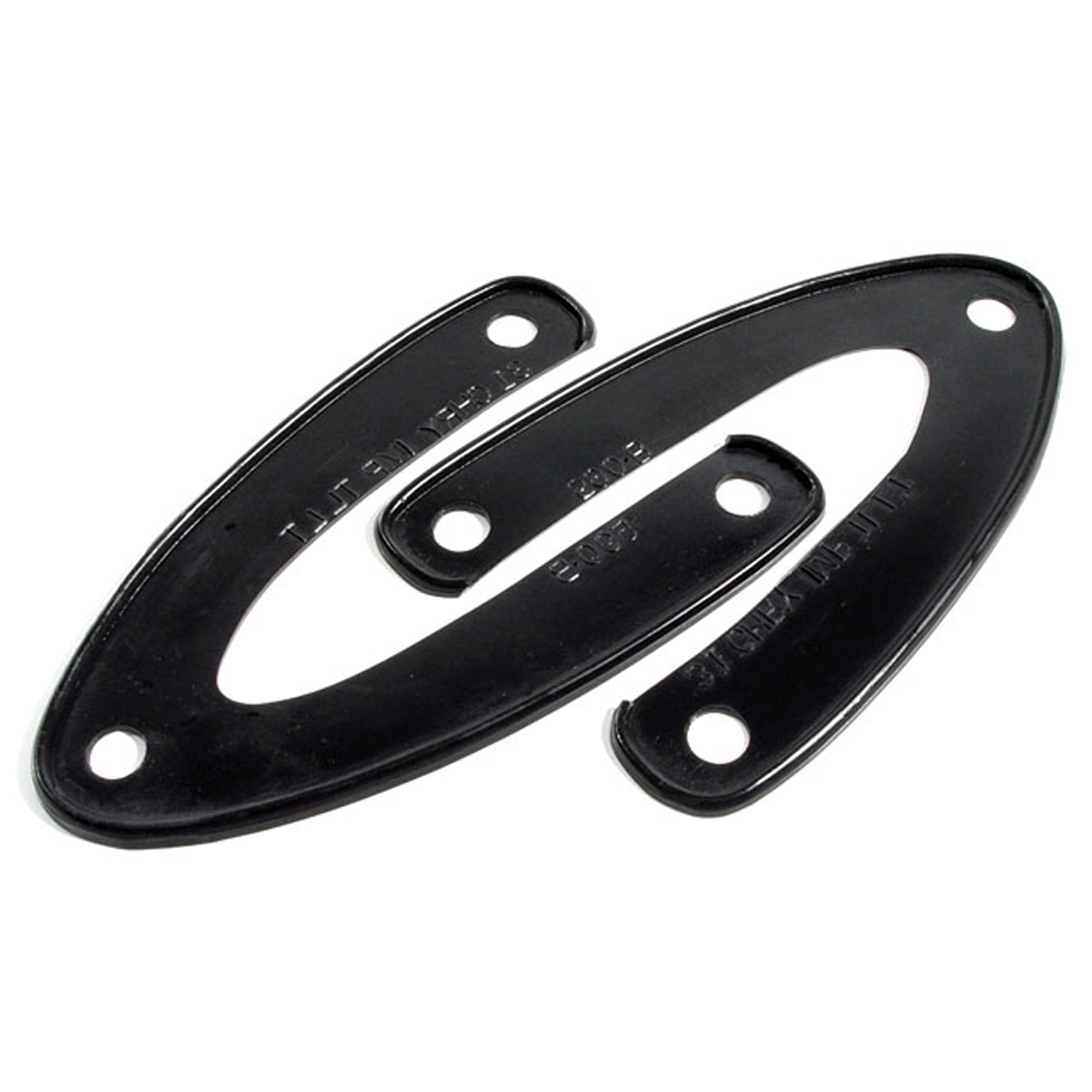 1931 Chrysler Series CJ Tail-light Pads. 6" long. Pair-MP 590-BTail-light Pads. 6" long. Pair
1931 Chrysler Series CJ Tail-light Pads. 6" long. Pair-MP 590-BTail-light Pads. 6" long. Pair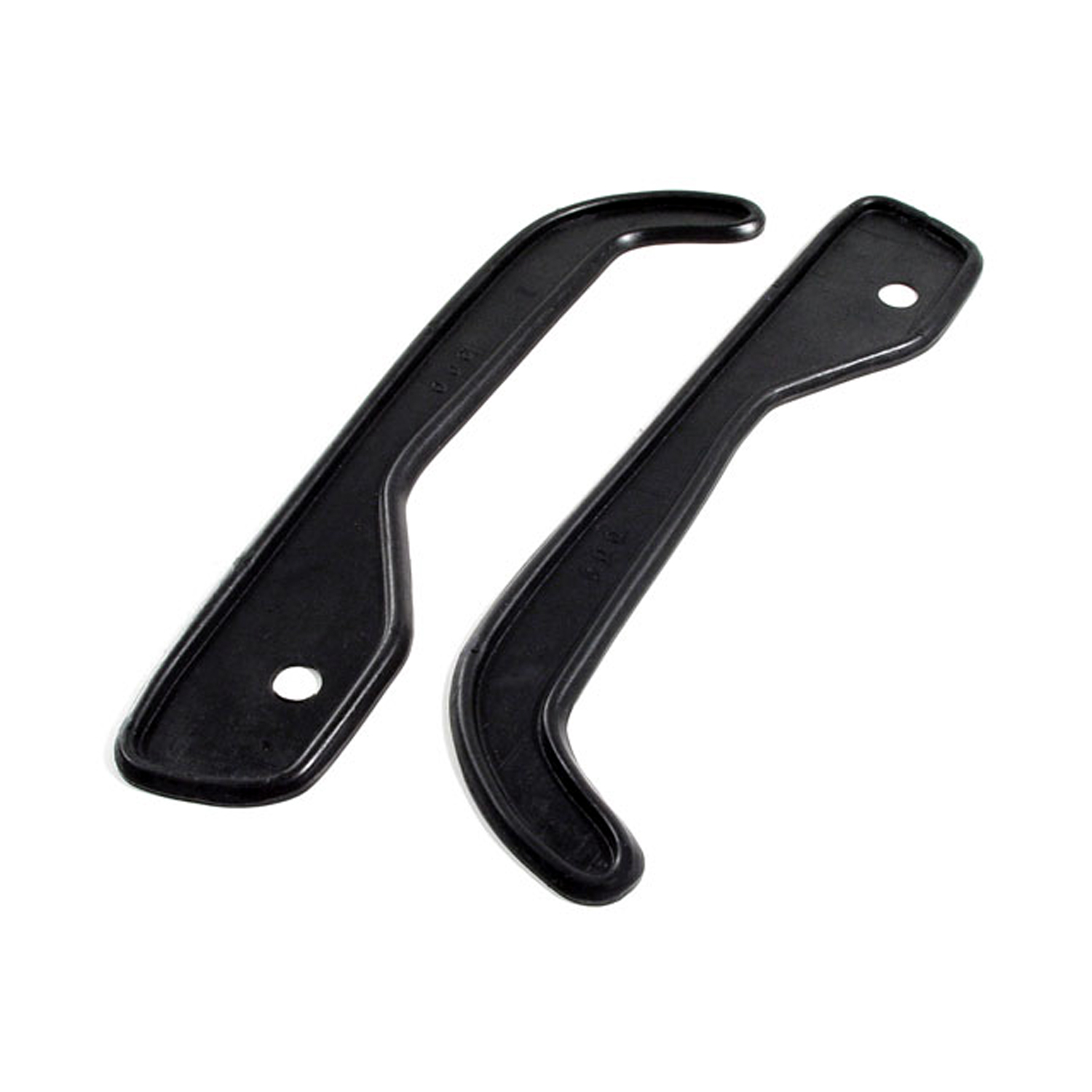 1931 Chrysler Series CJ Radiator to Fender Pads. 2-1/2" wide X 12" long. Pair R&L-MP 600Radiator to Fender Pads. 2-1/2" wide X 12" long. Pair R&L
1931 Chrysler Series CJ Radiator to Fender Pads. 2-1/2" wide X 12" long. Pair R&L-MP 600Radiator to Fender Pads. 2-1/2" wide X 12" long. Pair R&L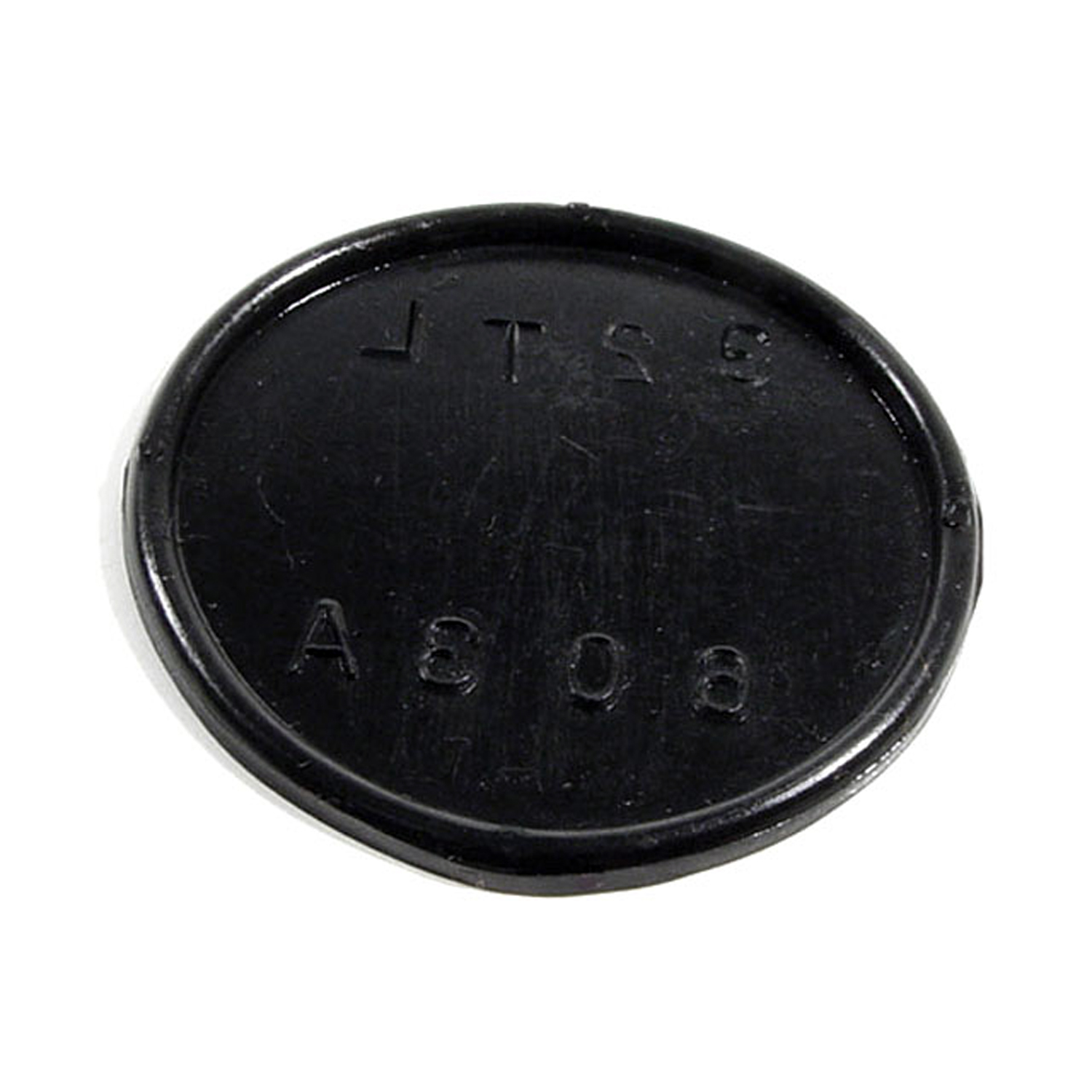 1931 Chrysler Series CJ Tail-light Bracket Pad. 2-1/4" O.D. Each-MP 603-ATail-light Bracket Pad. 2-1/4" O.D. Each
1931 Chrysler Series CJ Tail-light Bracket Pad. 2-1/4" O.D. Each-MP 603-ATail-light Bracket Pad. 2-1/4" O.D. Each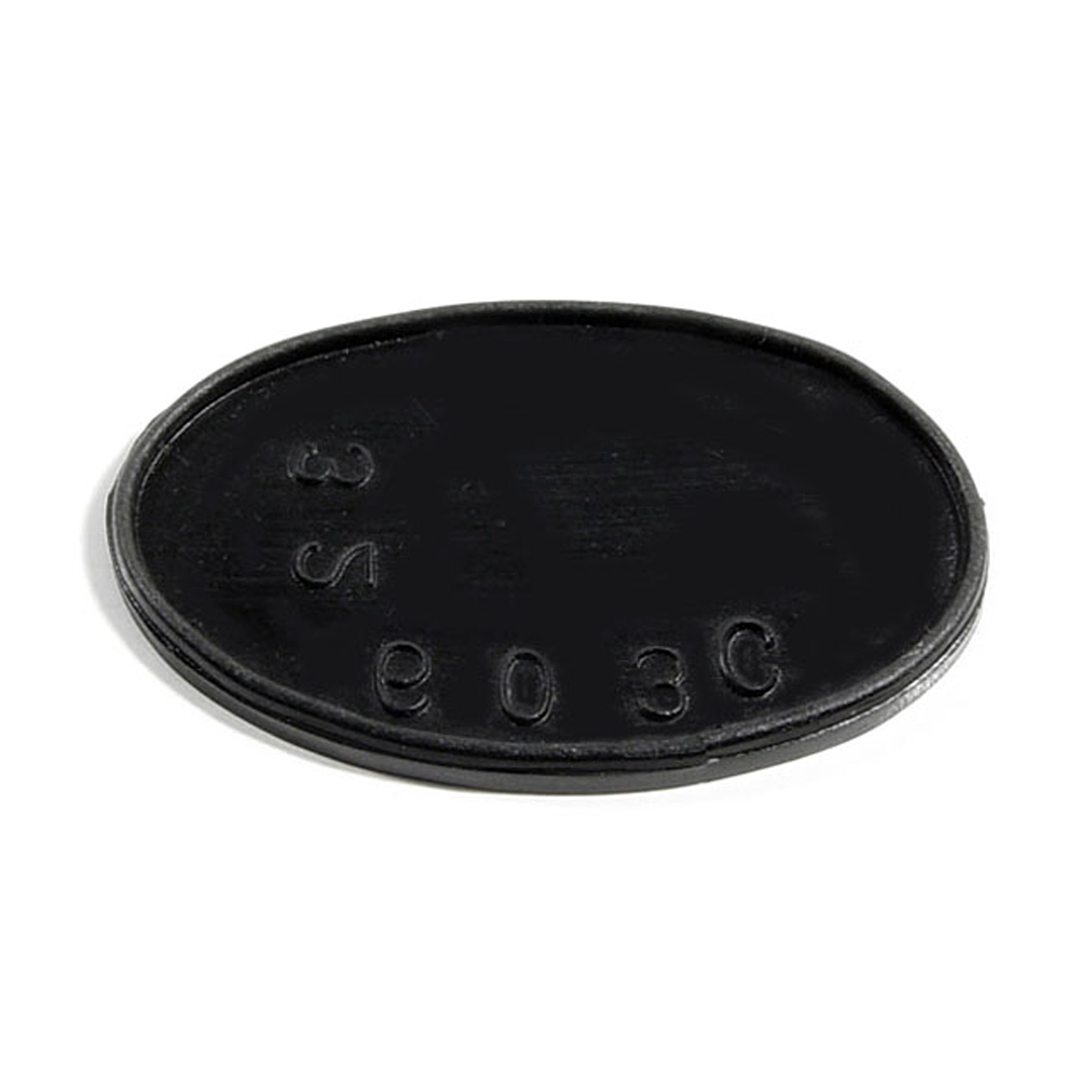 1931 Chrysler Series CJ Rumble Seat Handle Pad. 1-1/2" wide X 2-1/4" long. Each-MP 603-CRumble Seat Handle Pad. 1-1/2" wide X 2-1/4" long. Each
1931 Chrysler Series CJ Rumble Seat Handle Pad. 1-1/2" wide X 2-1/4" long. Each-MP 603-CRumble Seat Handle Pad. 1-1/2" wide X 2-1/4" long. Each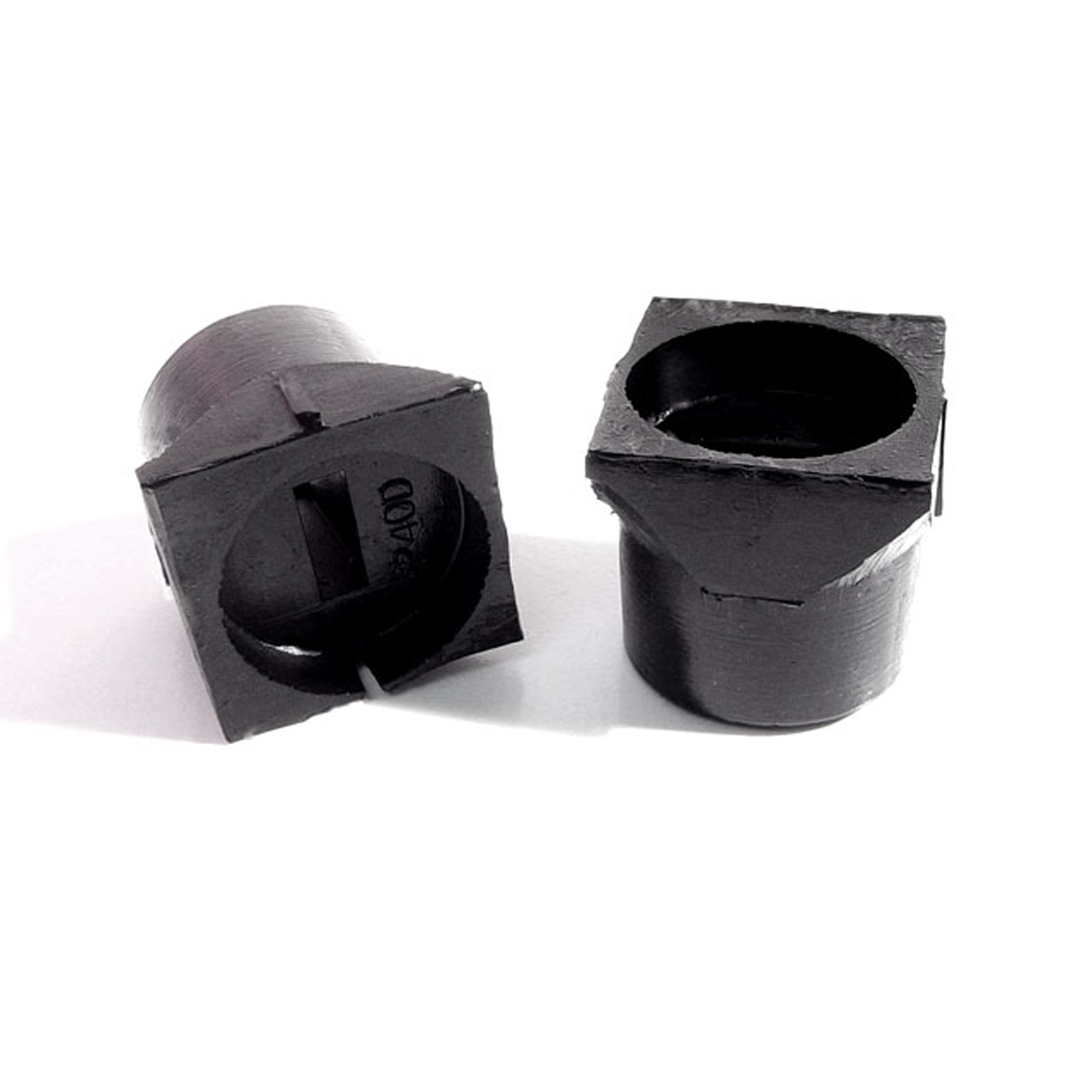 1931 Chrysler Series CJ Door Check Rubber Cushion. Each-RP 40-DDoor Check Rubber Cushion. Each
1931 Chrysler Series CJ Door Check Rubber Cushion. Each-RP 40-DDoor Check Rubber Cushion. Each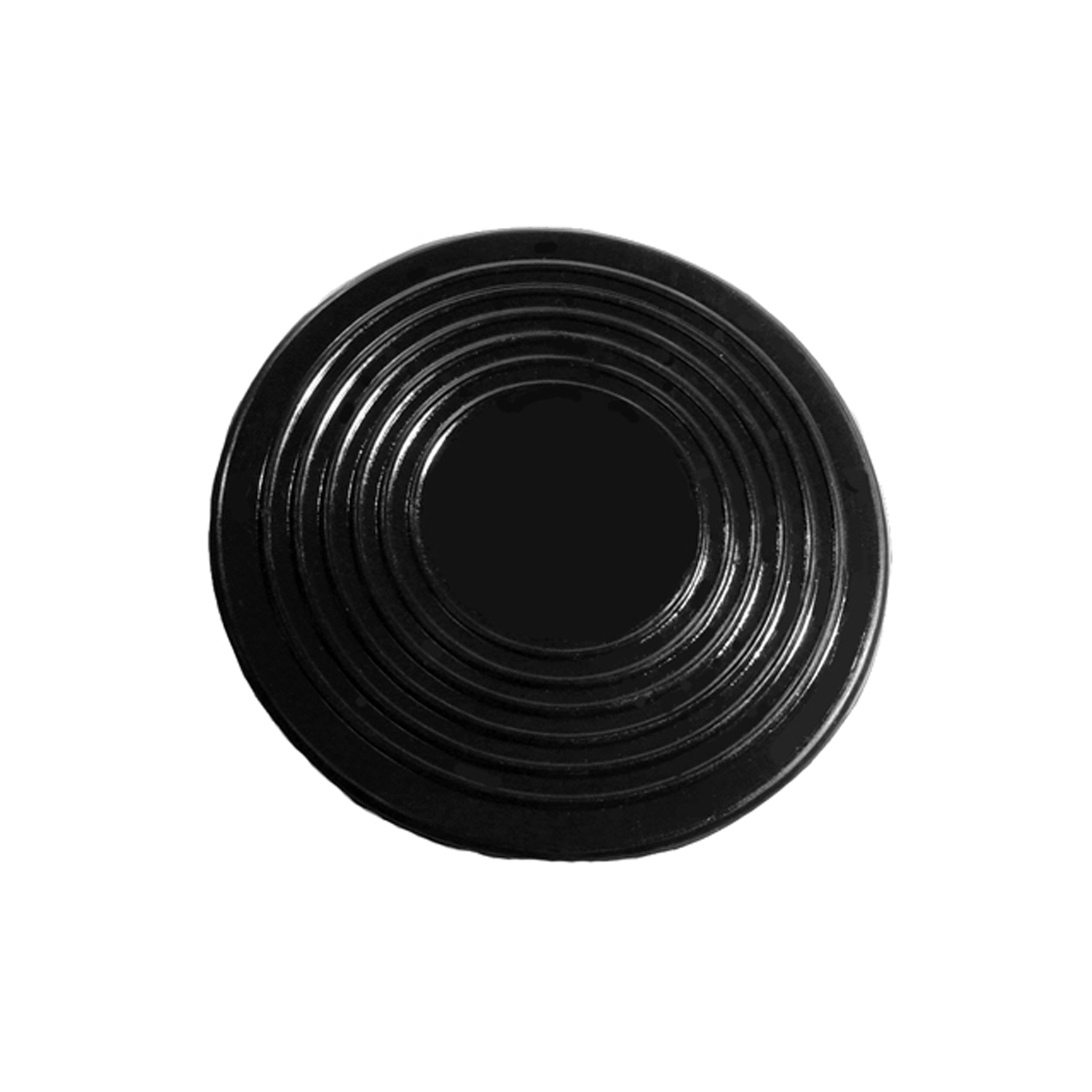 1931 Chrysler Series CJ Rumble Seat Step Plate Pad. Rubber face only, no logo-SP 11Rumble Seat Step Plate Pad. Rubber face only, no logo. 4-1/4" O.D. Each
1931 Chrysler Series CJ Rumble Seat Step Plate Pad. Rubber face only, no logo-SP 11Rumble Seat Step Plate Pad. Rubber face only, no logo. 4-1/4" O.D. Each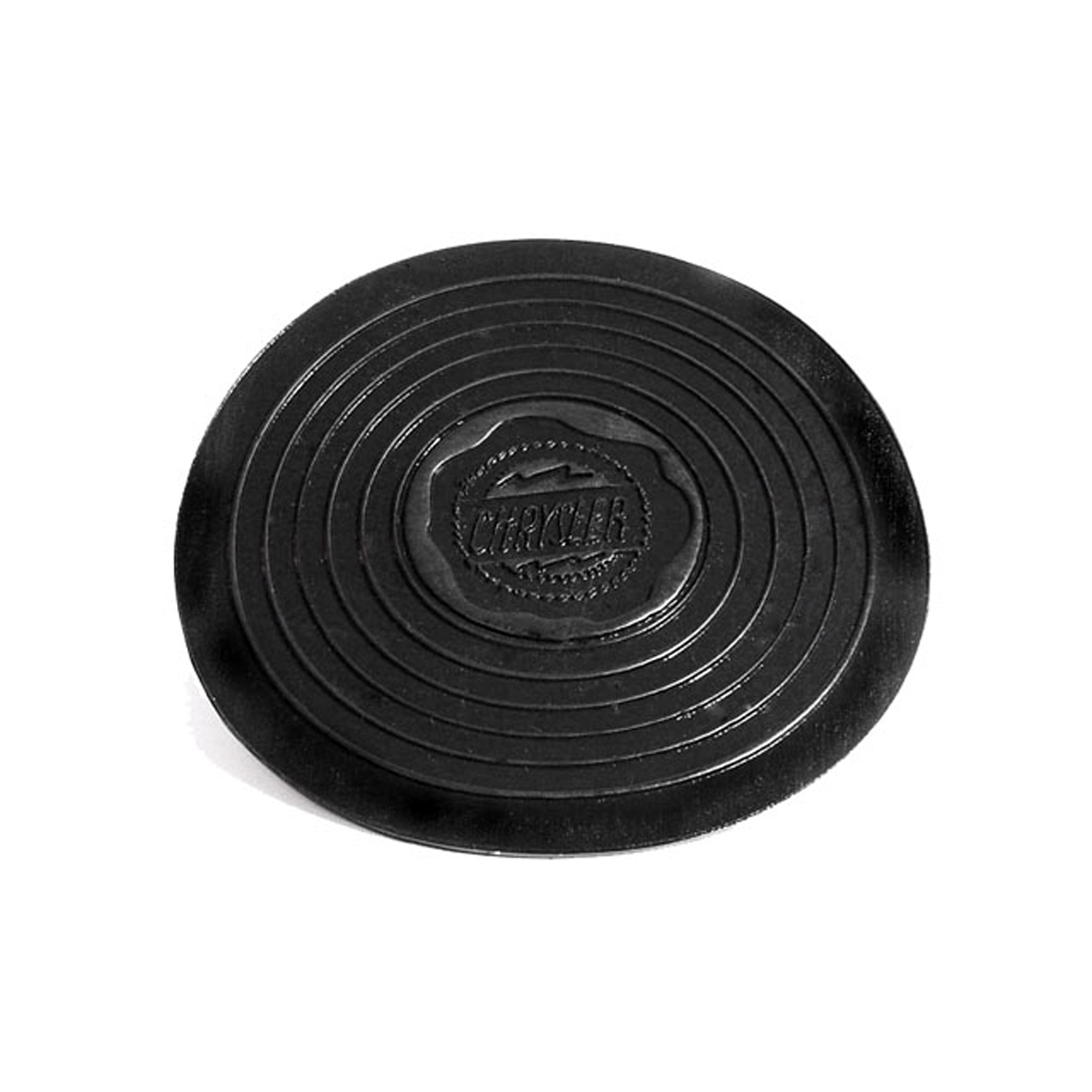 1931 Chrysler Series CJ Step Plate Pad. Face only. 4-1/4" Diameter Each-SP 16Step Plate Pad. Face only. 4-1/4" Diameter Each
1931 Chrysler Series CJ Step Plate Pad. Face only. 4-1/4" Diameter Each-SP 16Step Plate Pad. Face only. 4-1/4" Diameter EachWhy Choose Metro?
For over 100 years, Metro Moulded Parts has been the pinnacle of quality in classic car restoration parts. Our commitment to precision and authenticity in every component ensures a perfect fit and an OEM-level appearance.
- Expert Craftsmanship & Quality: Each part is a testament to our dedication to reliability and perfection, crafted from original designs and thoroughly tested.
- Advanced Technology: We use cutting-edge techniques to create flawless, long-lasting parts that surpass others in performance.
- SuperSoft Sponge – The Ultimate Door Seal: Not only are our door seals 30% softer than competitors', but they're also guaranteed to never leak. They effectively reduce wind and road noise, enhancing your classic car's comfort and driving experience.
- Proudly American: Our parts are a product of American craftsmanship, made in the USA with a spirit of excellence and heritage.
- Unrivaled Warranty: We back our products with a 30-year industry-leading warranty, a testament to our confidence in their quality.
Join us in preserving the legacy of classic cars with parts that are crafted for perfection, not just made.

